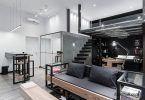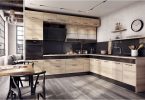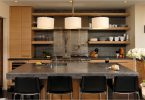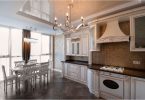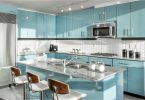
Mirror in the kitchen interior
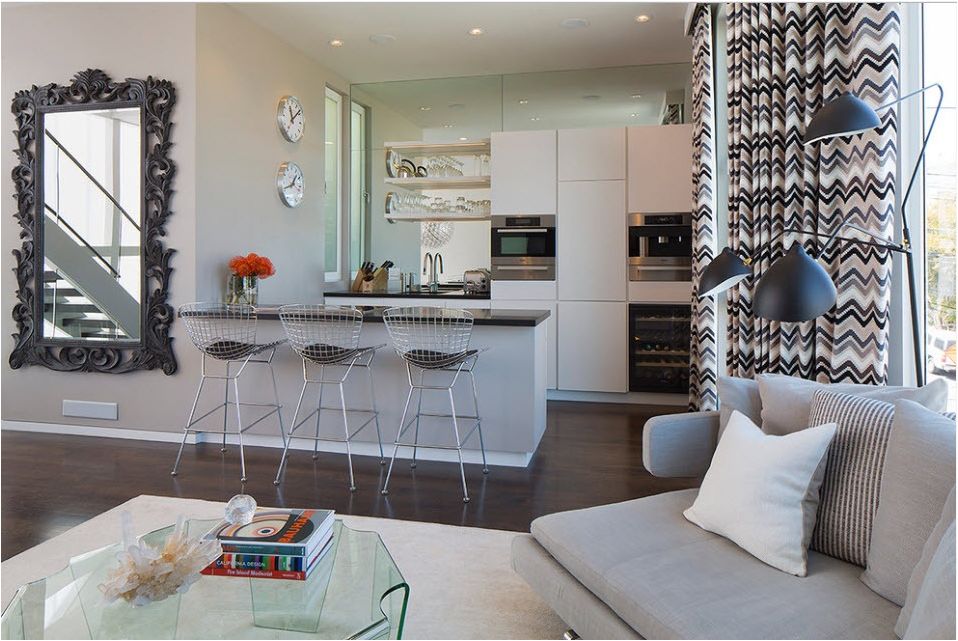
Mirror in the kitchen interior
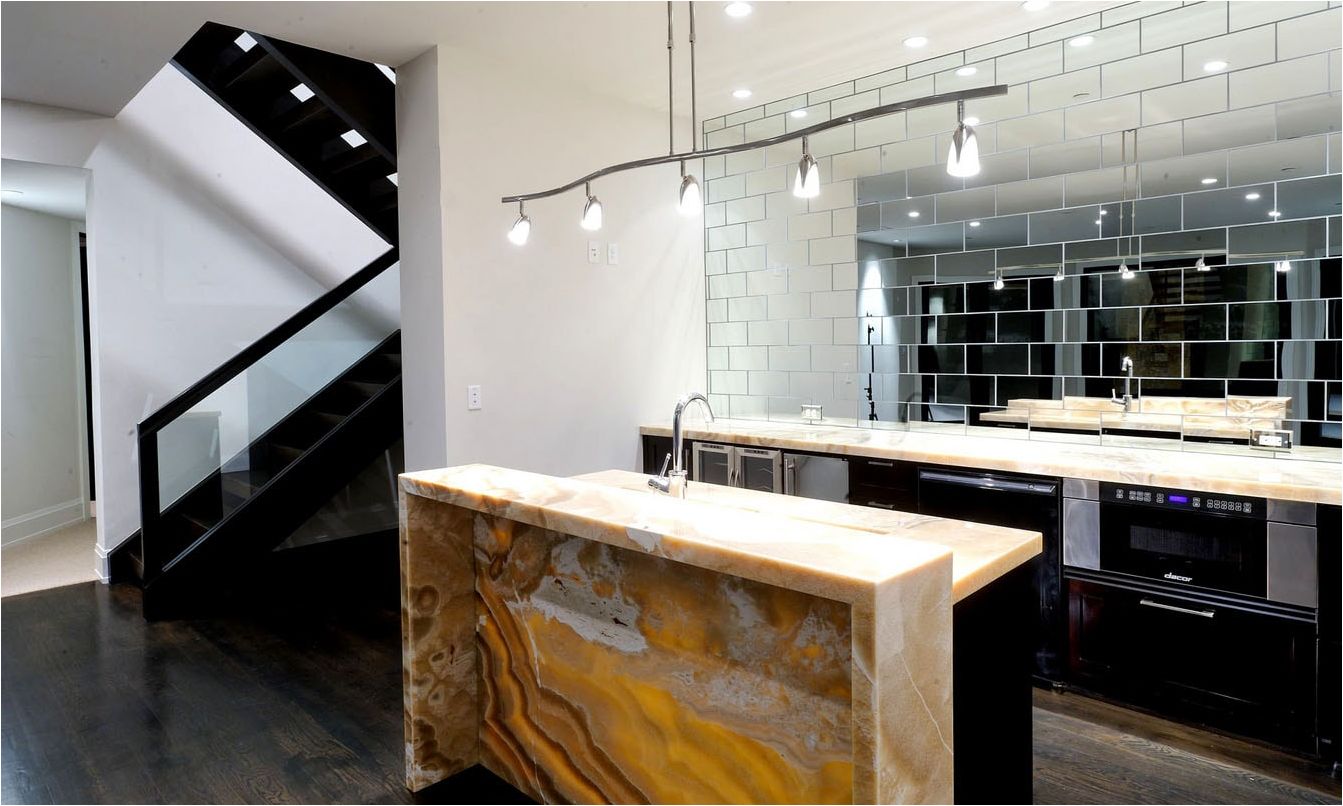
Mirror in the kitchen interior
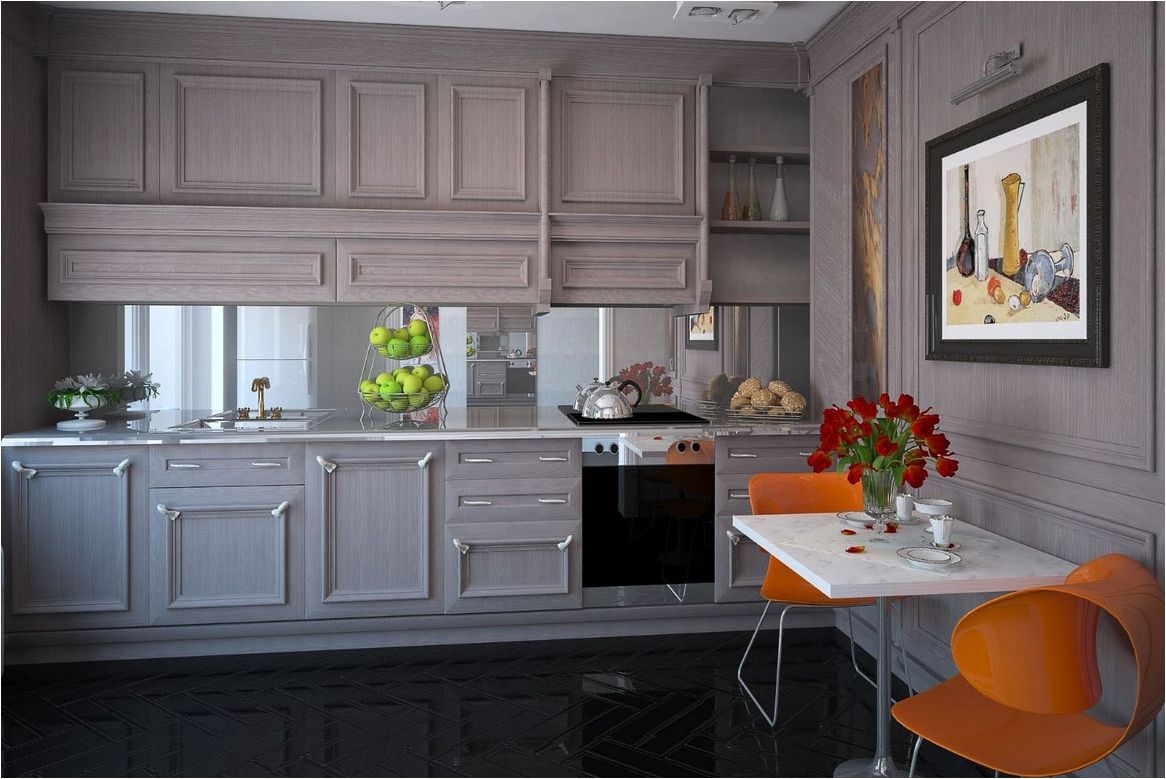
Mirror in the kitchen interior

Mirror in the kitchen interior

Mirror in the kitchen interior
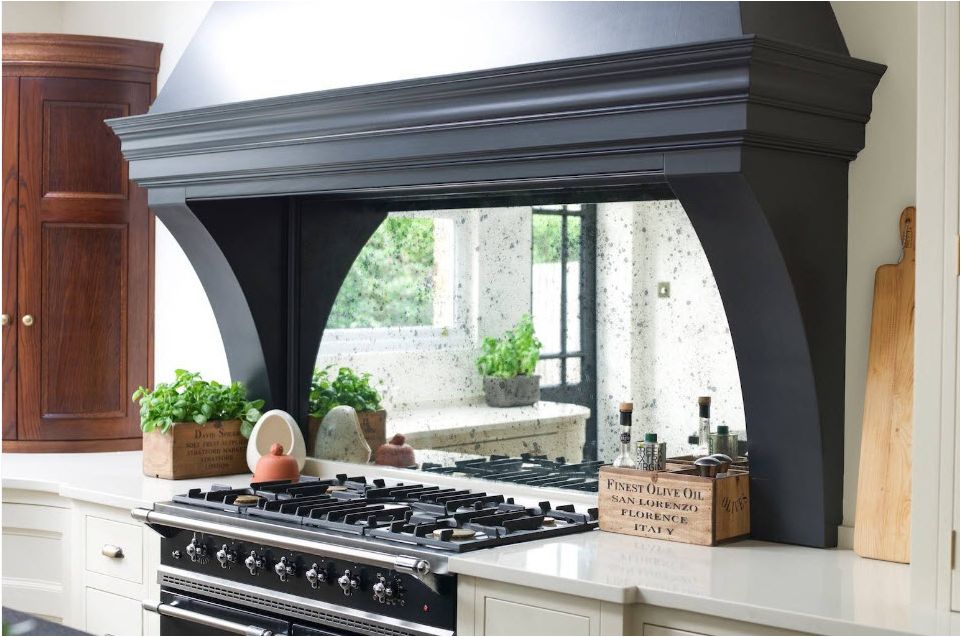
Mirror in the kitchen interior
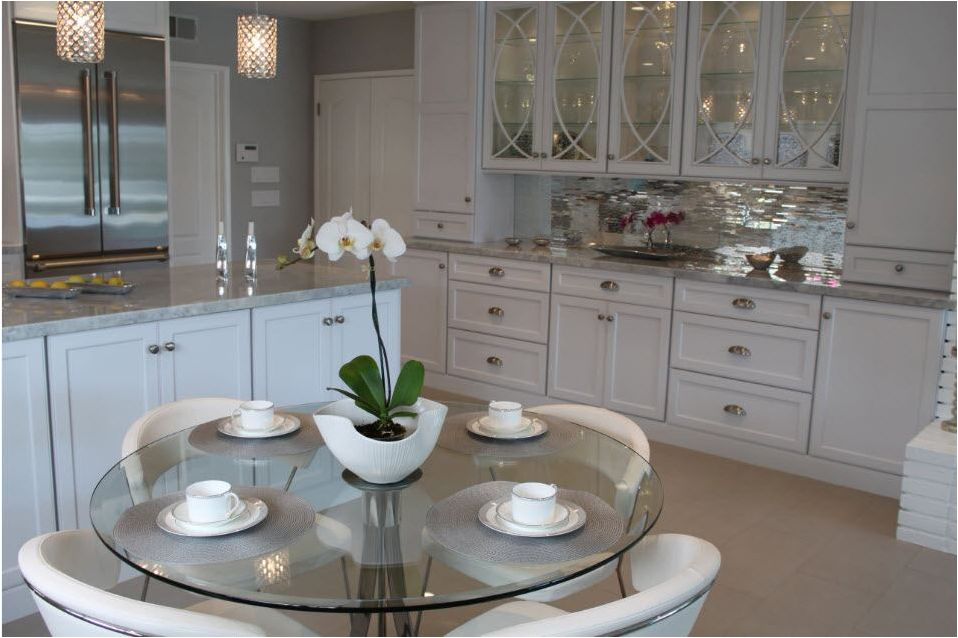
Mirror in the kitchen interior

Mirror in the kitchen interior
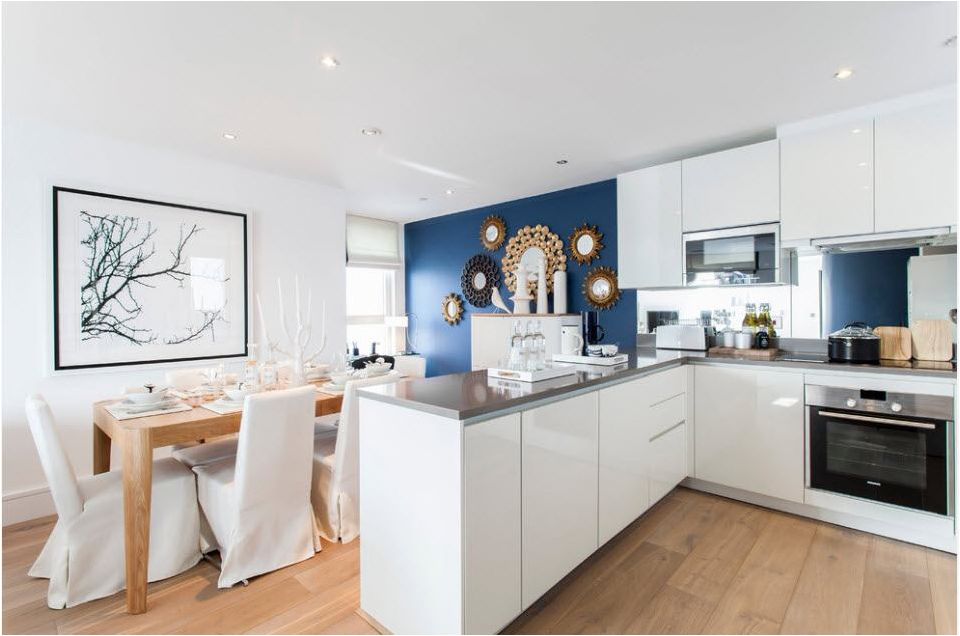
Mirror in the kitchen interior
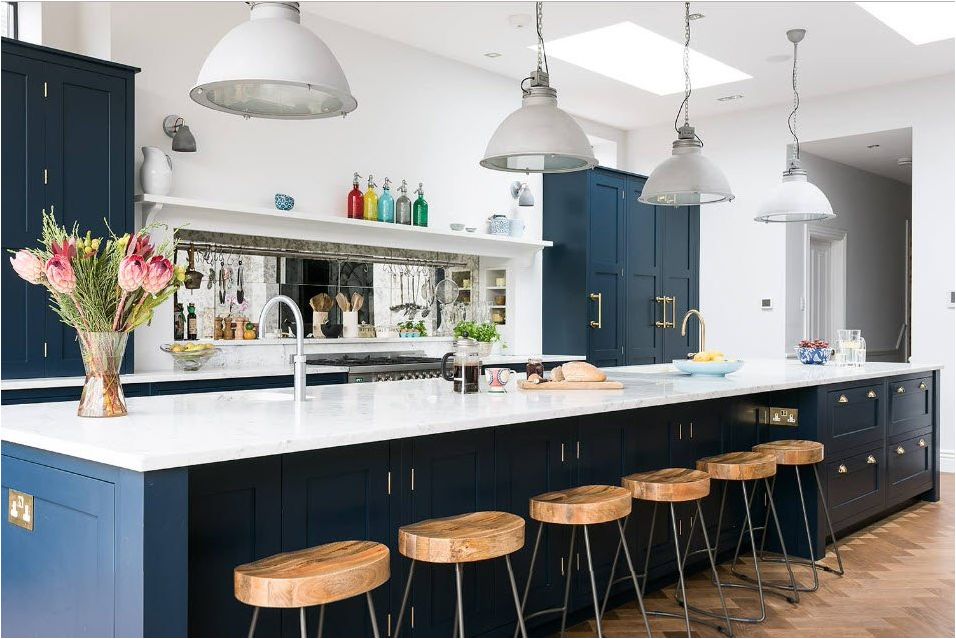
Mirror in the kitchen interior
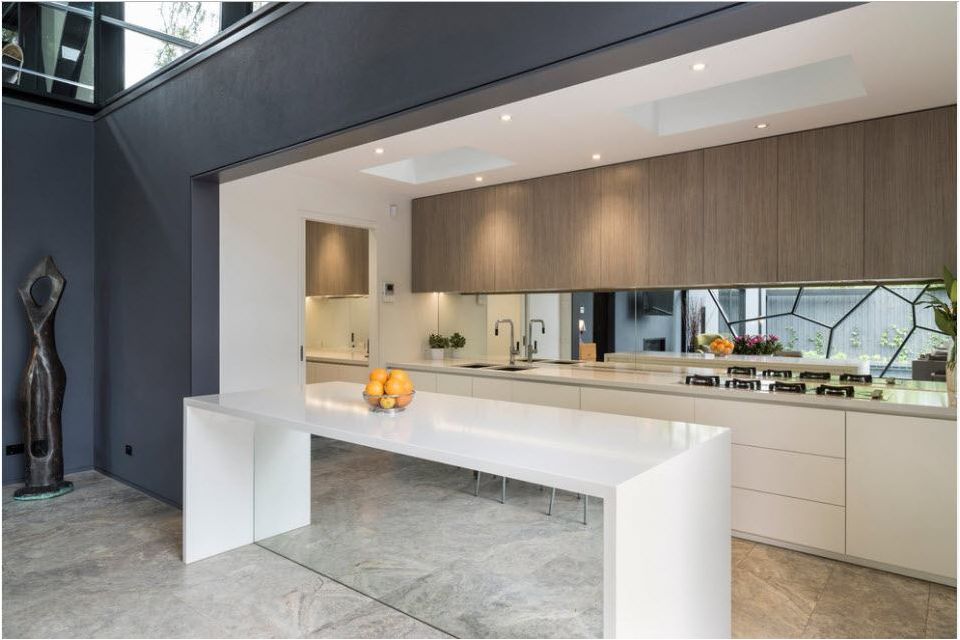
Mirror in the kitchen interior
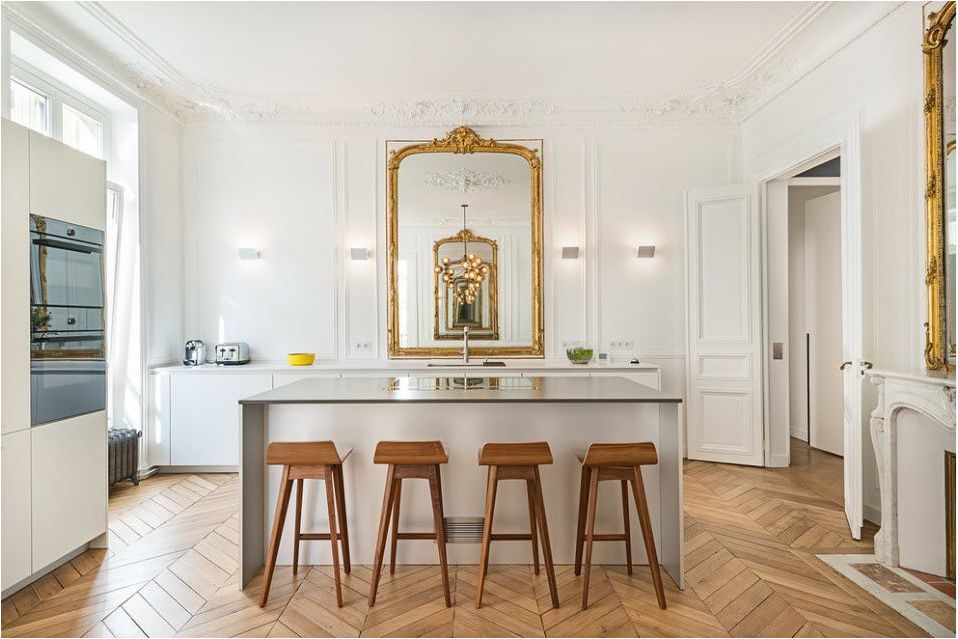
Mirror in the kitchen interior

Mirror in the kitchen interior
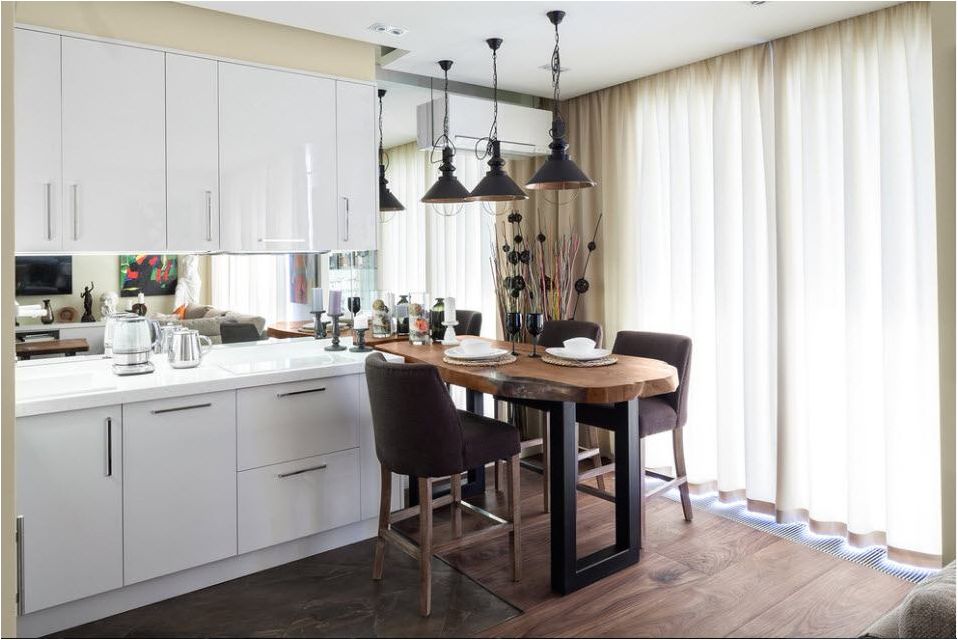
Mirror in the kitchen interior
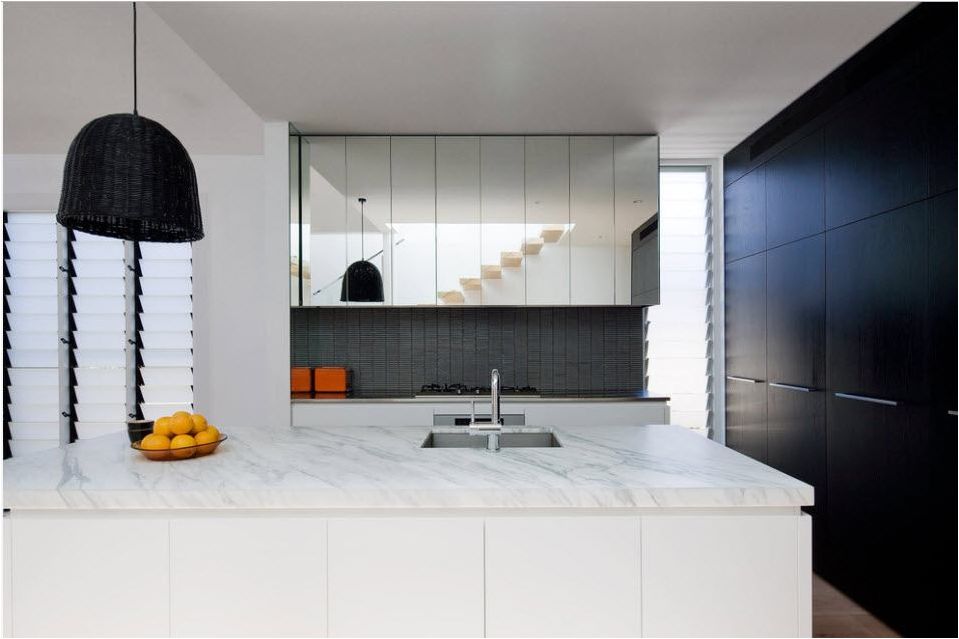
Mirror in the kitchen interior
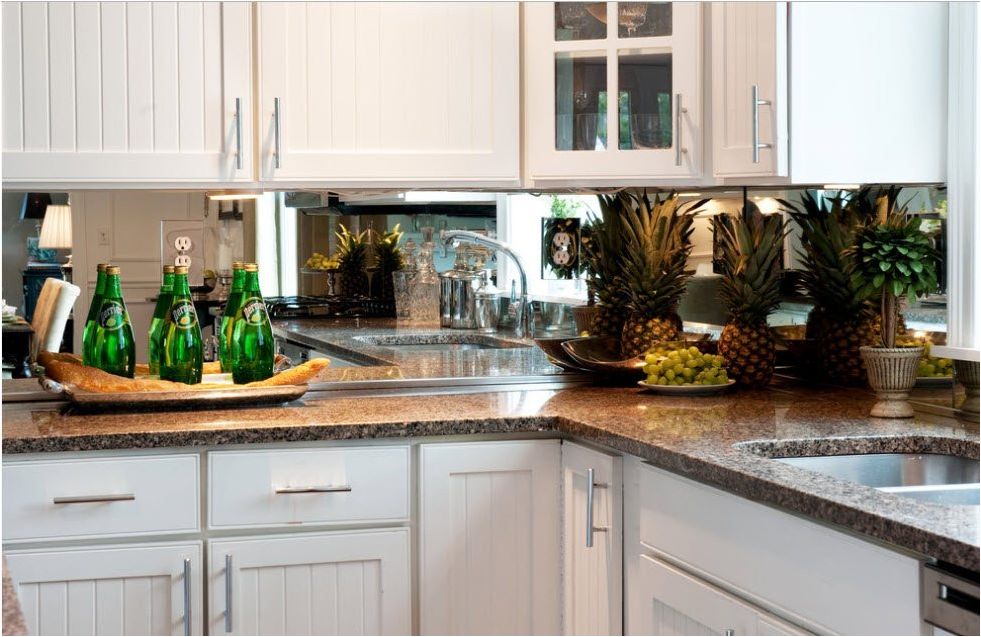
Mirror in the kitchen interior

Mirror in the kitchen interior
Material
Mirror structures can be made on the basis of glass, acrylic material and polystyrene. It is better not to use the latter in the kitchen, as it is afraid of moisture and is not resistant to mechanical damage. Therefore, let’s dwell in more detail on the other two options..
Acrylic. These mirrors are highly resistant and are considered the safest. Additional advantages are ease of installation, transportation and cutting. Disadvantages include high cost and susceptibility to scratches.
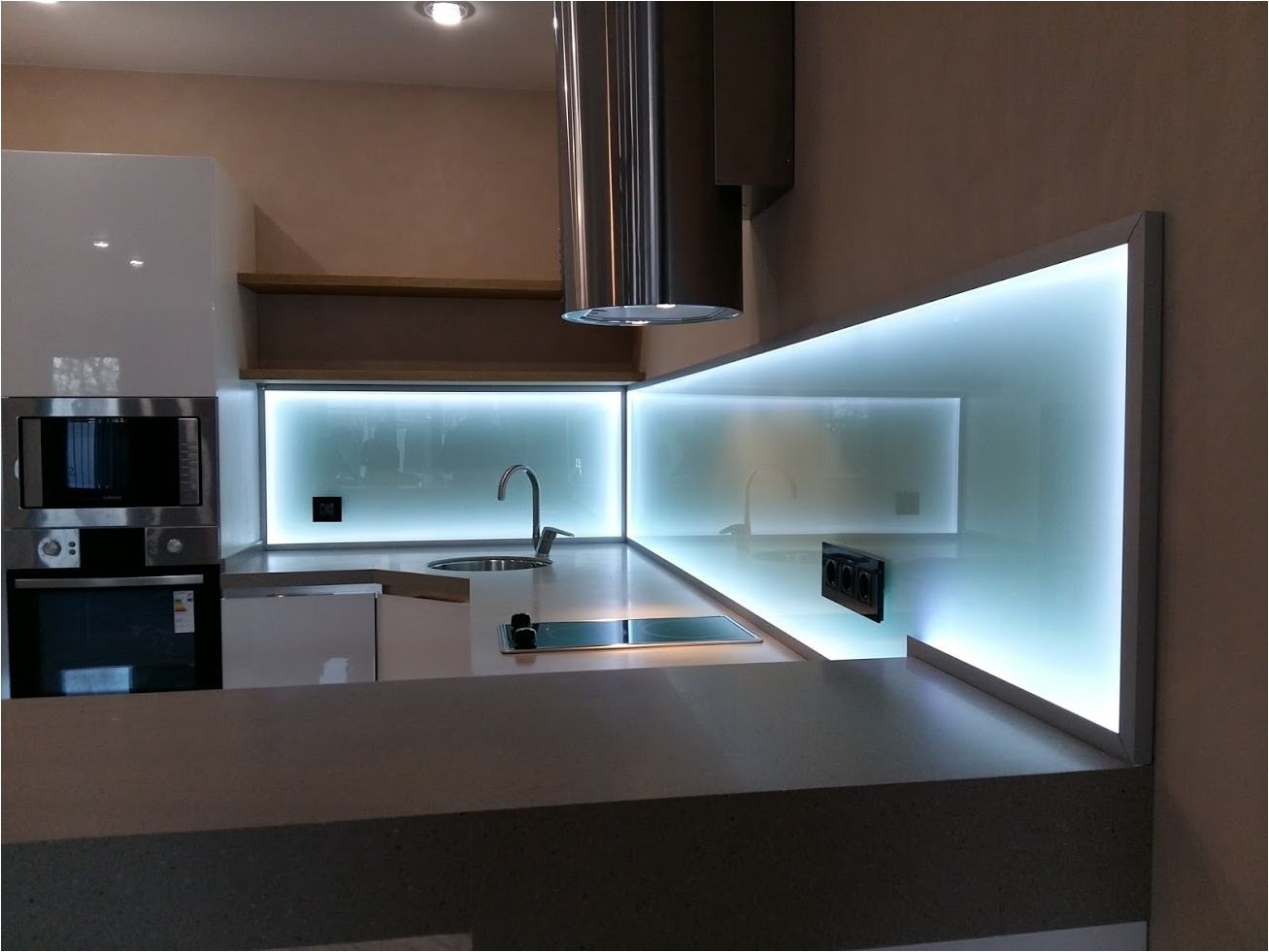
Mirror in the kitchen interior
Glass. Such models are heavy compared to acrylic and are used for kitchen backsplash and wall decoration.
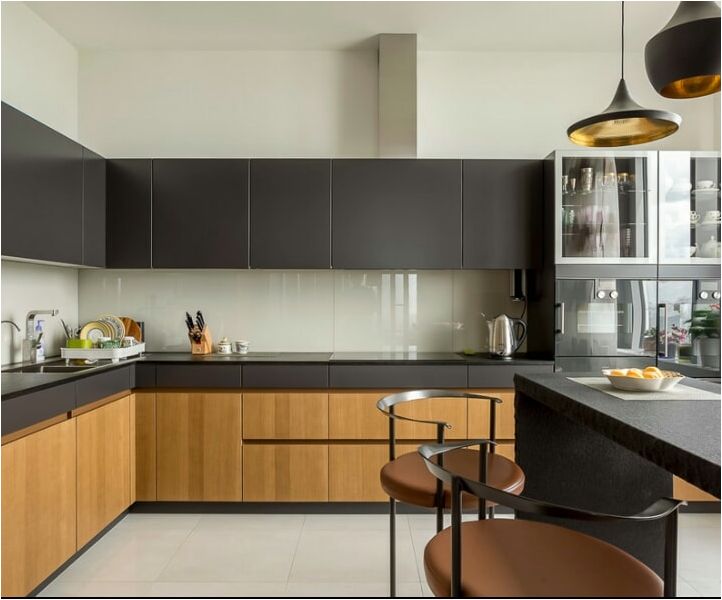
Mirror in the kitchen interior
The following elements are produced on the basis of such structures:
- mosaic slab – used for wall cladding, apron and some elements. This finish has a number of advantages: invisibility of stains, streaks, the option of a flat base, the ability to carry out local repairs, an effective aesthetic component. Among the disadvantages are the high price and the need for periodic cleaning of the seams;
- sheet panels – usually used for wall decoration, aprons, furniture facades. Their thickness varies within 4-6 mm;
- tiles – can be of various shapes (squares, triangles, hexagons, etc.) and sizes.
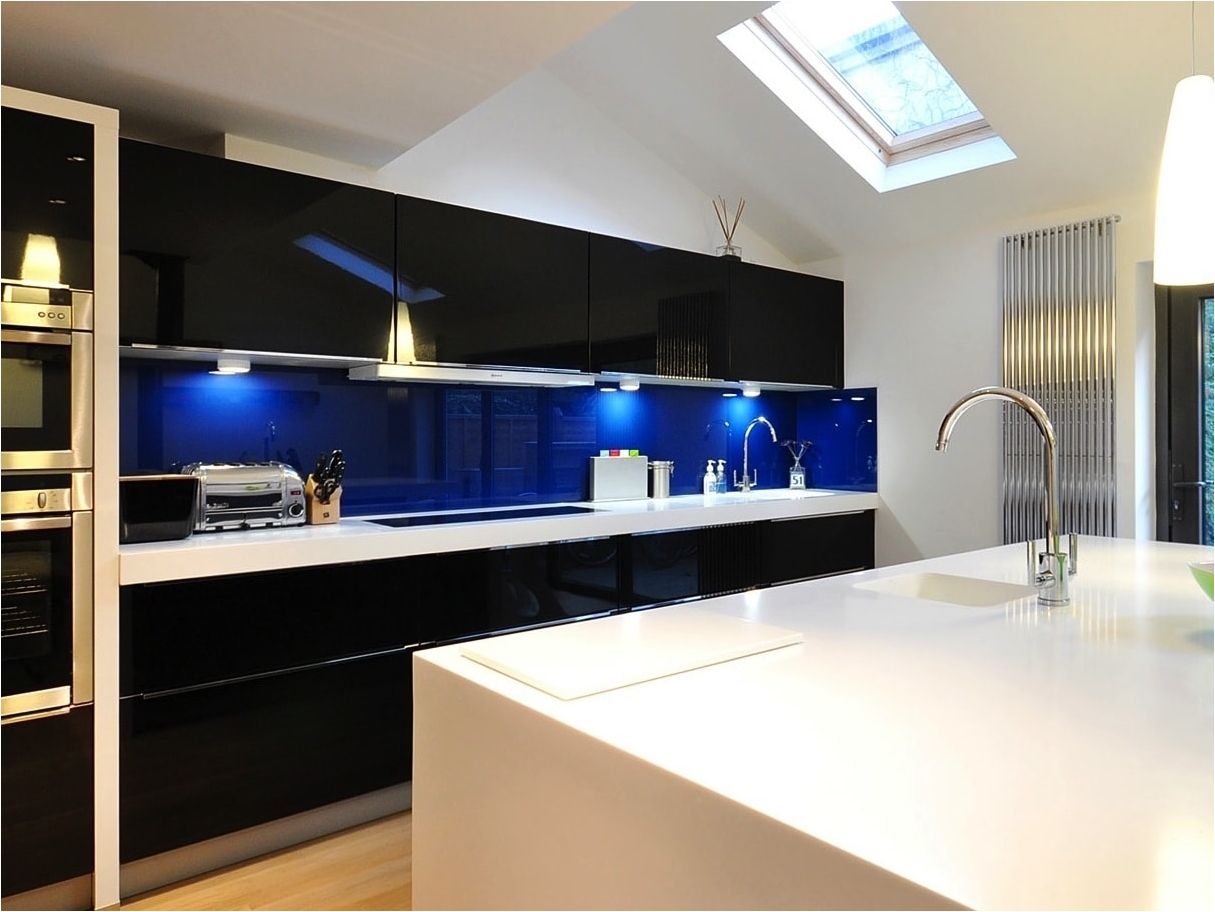
Mirror in the kitchen interior
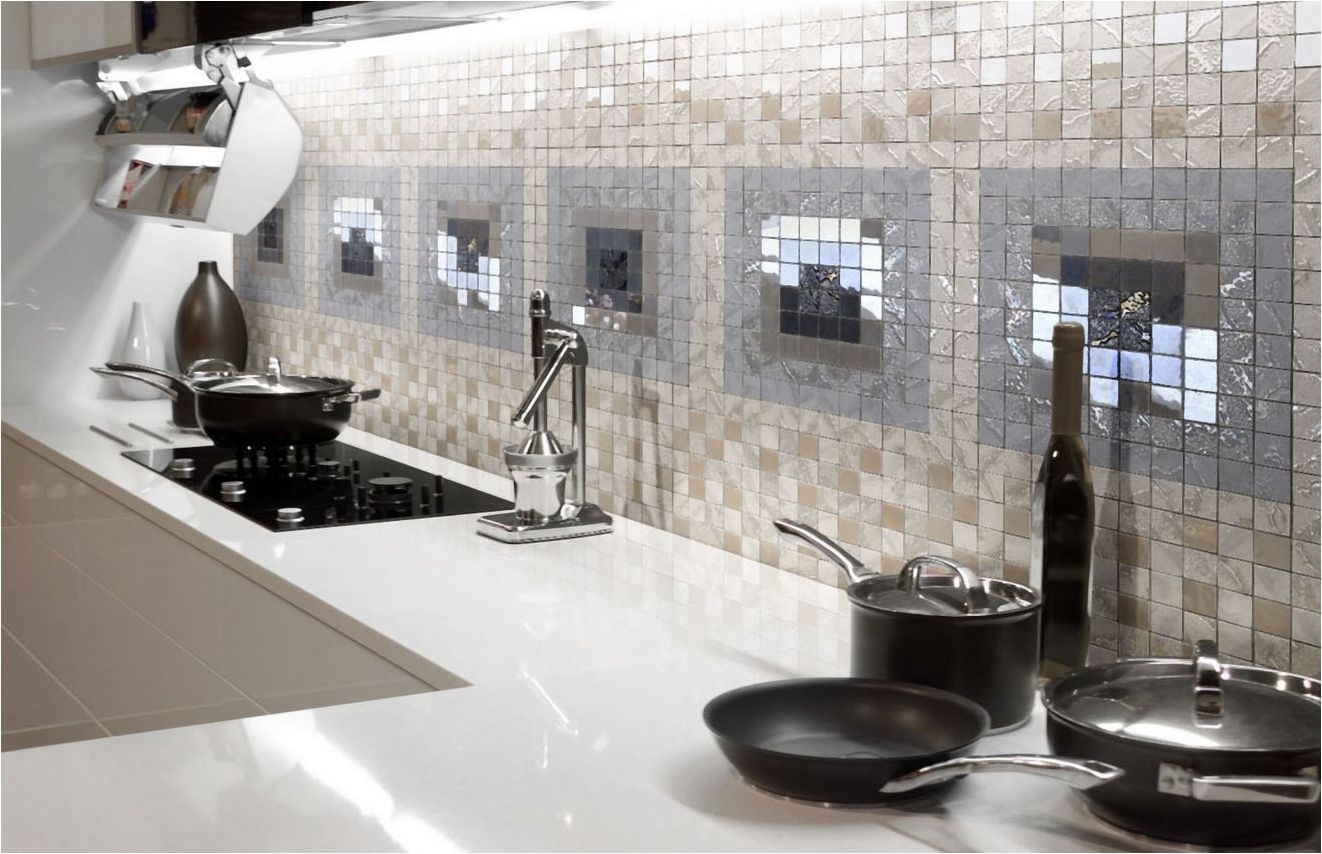
Mirror in the kitchen interior
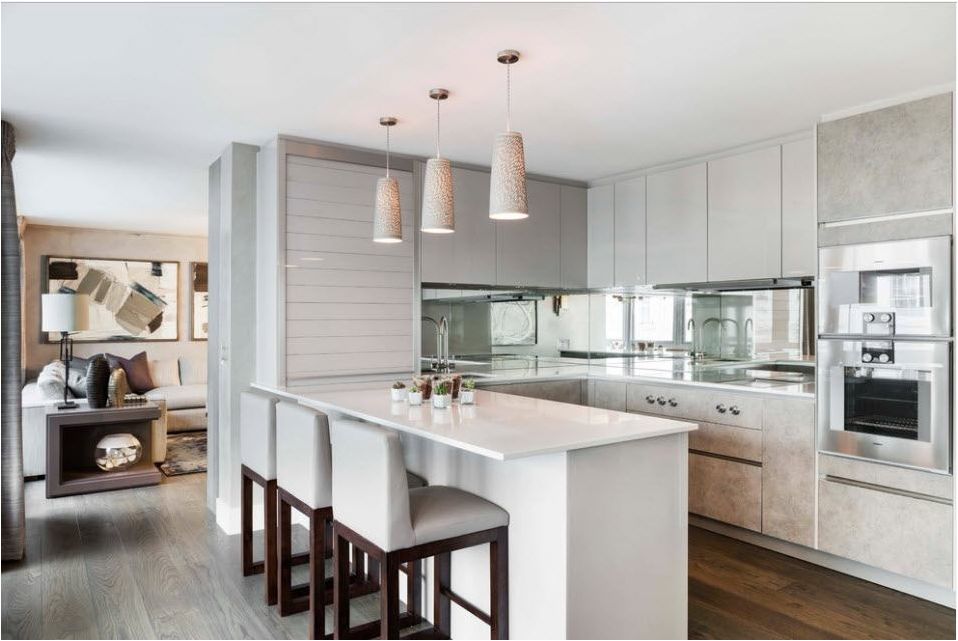
Mirror in the kitchen interior
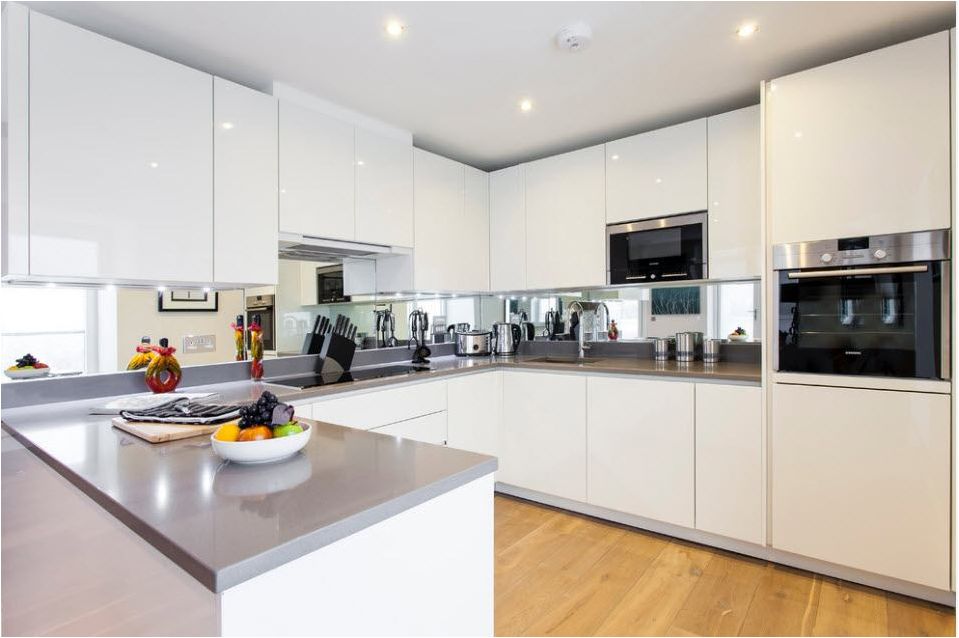
Mirror in the kitchen interior
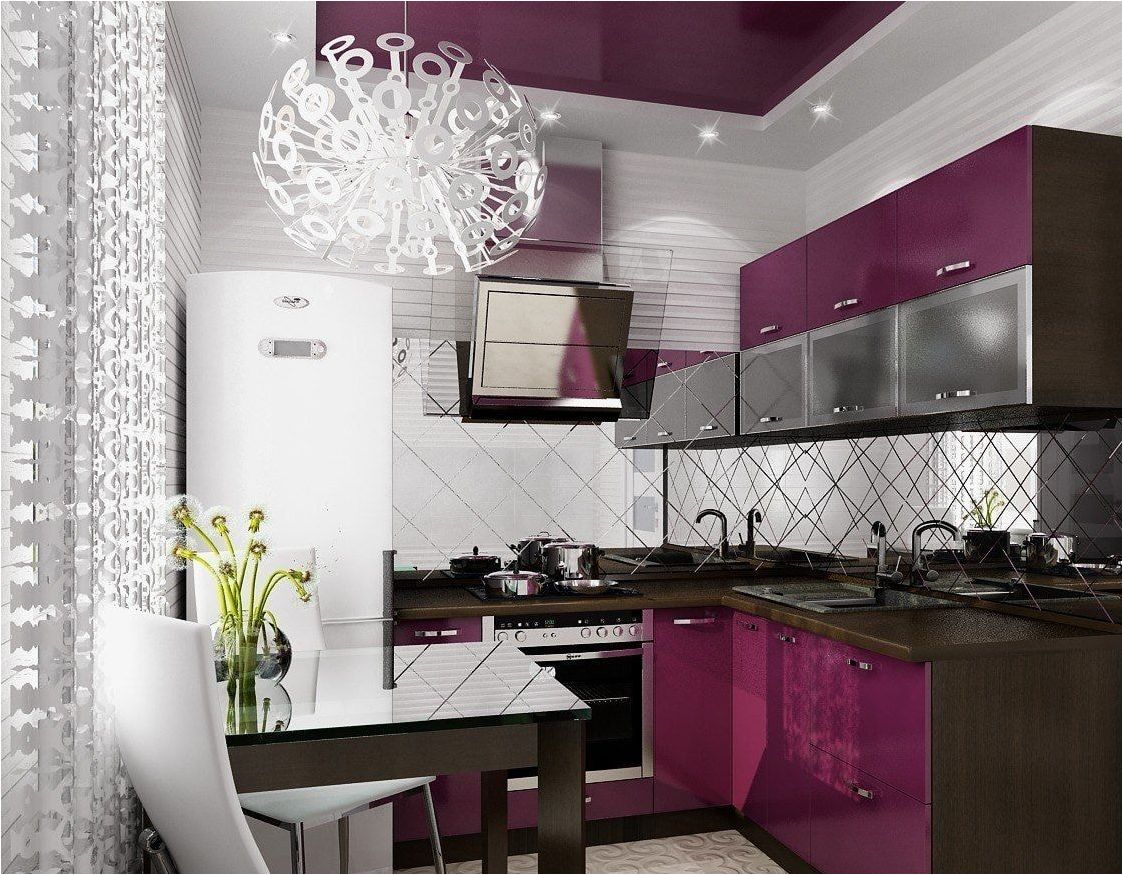
Mirror in the kitchen interior

Mirror in the kitchen interior
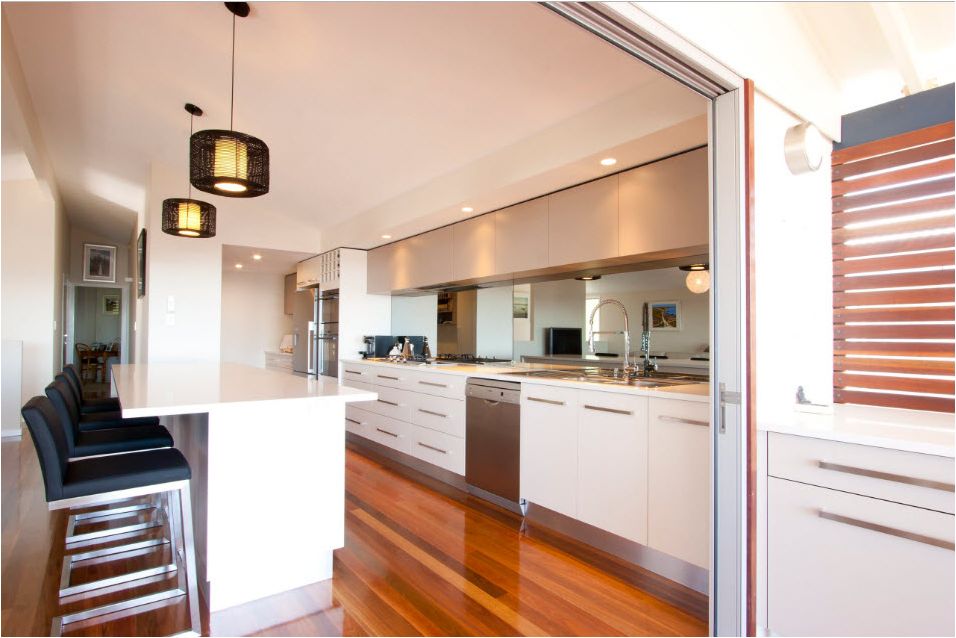
Mirror in the kitchen interior
Edge options
The edge is considered one of the most important elements of mirrors. Its edges do not allow for processing, which makes the product more vulnerable. It is worth choosing designs with a polished edge or a facet (beveled edges). The second type is distinguished by its durability and strength. In addition, the product has an amazing shine due to the refraction of light..
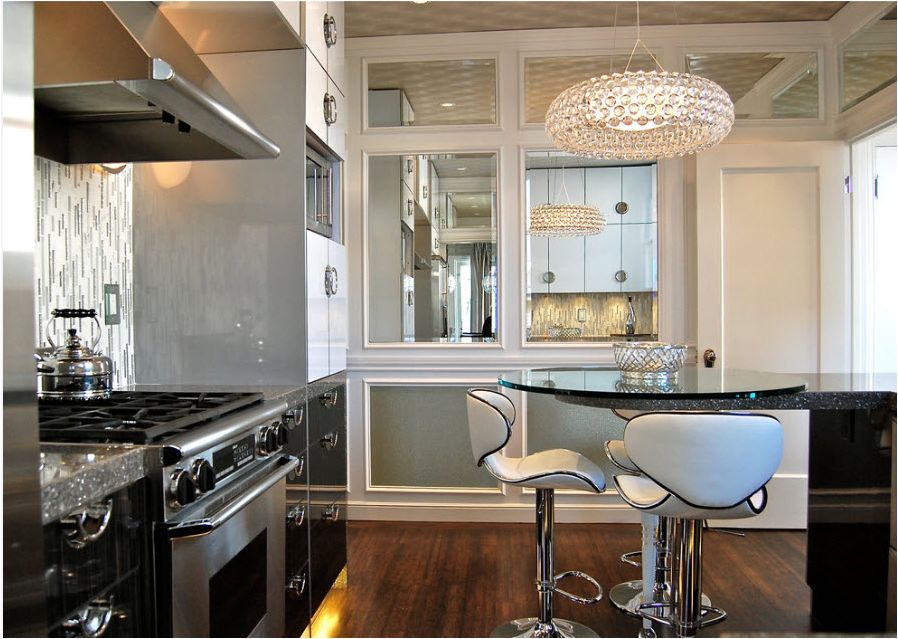
Mirror in the kitchen interior
Designer mirrors
Colored design – can be decorated with gold, graphite, champagne colors. Mirror designs in red, green, blue, purple tones are often used due to the painted glass base.
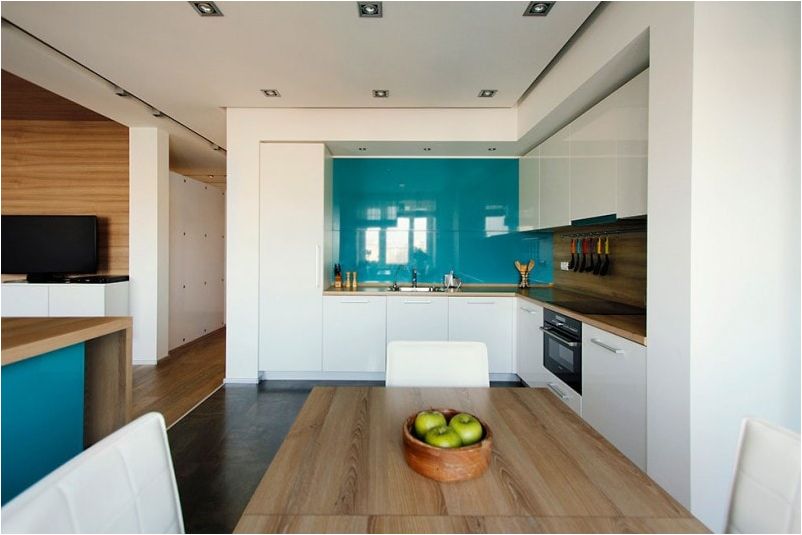
Mirror in the kitchen interior
Satin – a kind of product with matting, which is achieved through chemical etching. In a similar way, a picture or the entire canvas can be selected. The appearance is similar to sandblasting, but looks smoother, more graceful.

Mirror in the kitchen interior
Antique effect – a kind of visualization of a clouded surface, performed by printing under an amalgam or chemical etching. These mirrors fit perfectly into classic kitchen interiors, giving them a special charm.
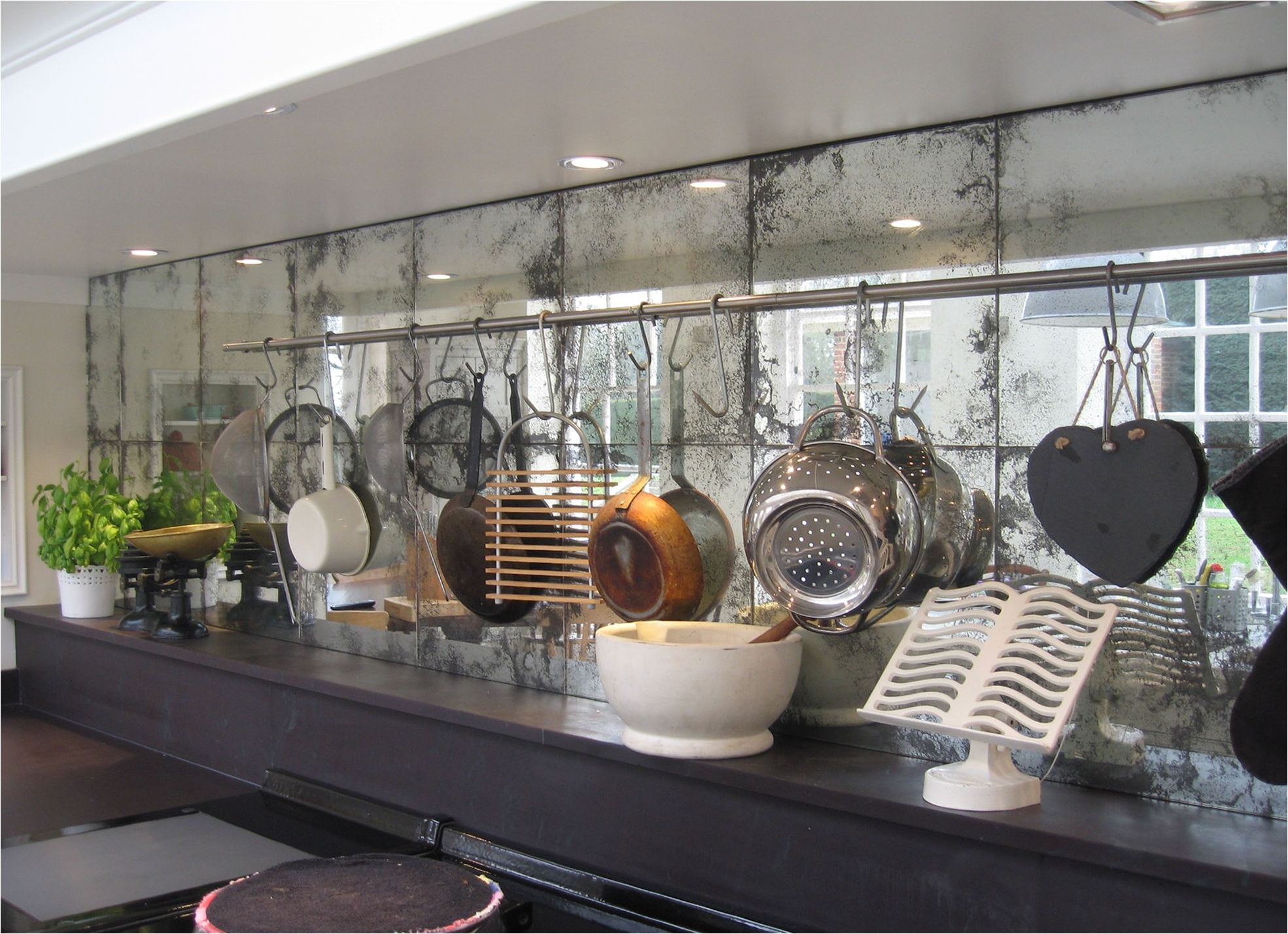
Mirror in the kitchen interior
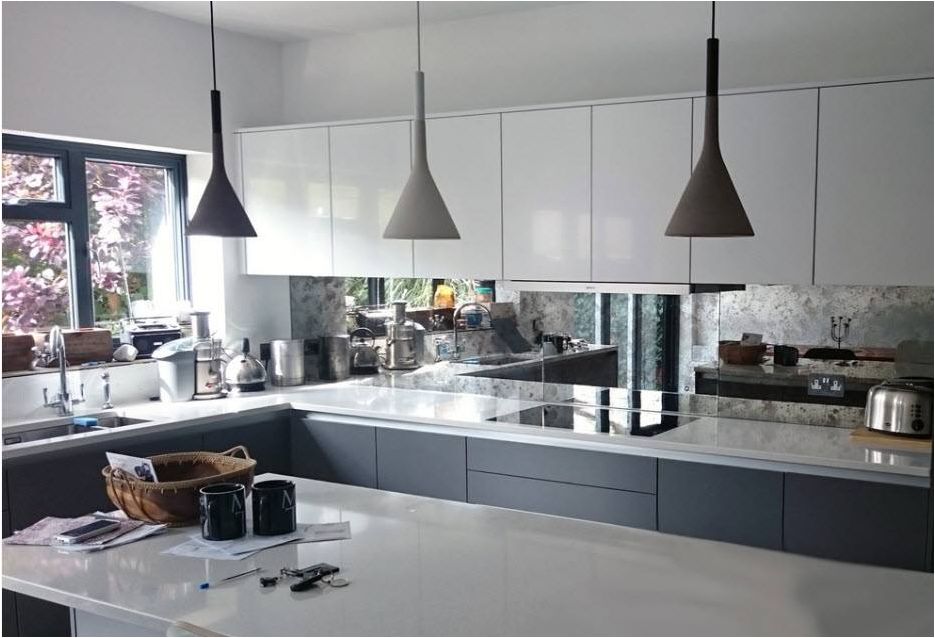
Mirror in the kitchen interior
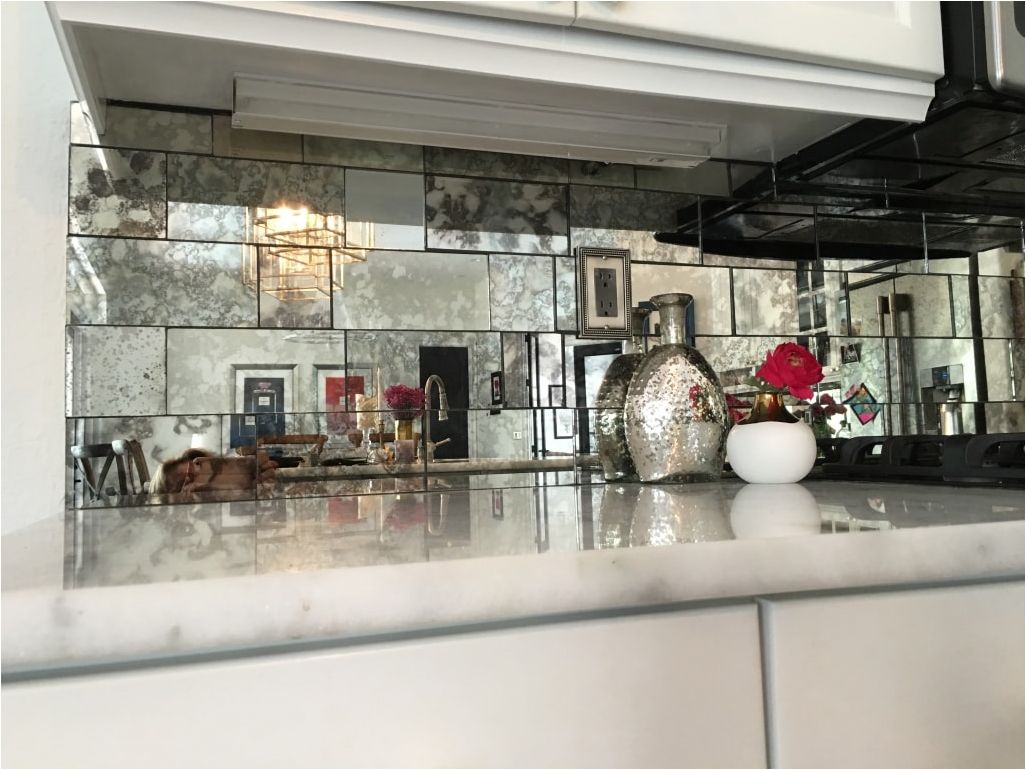
Mirror in the kitchen interior
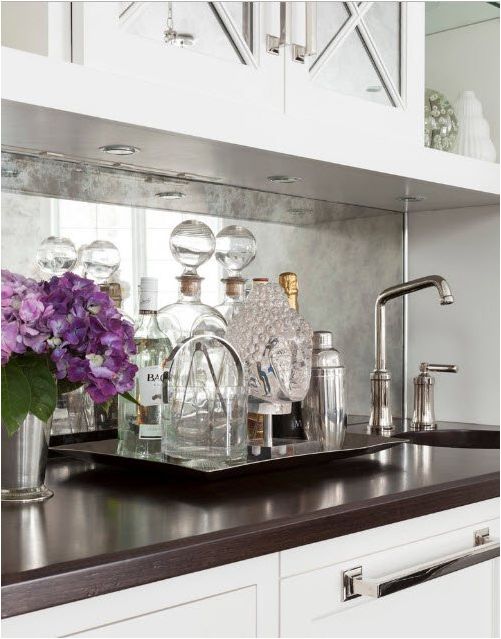
Mirror in the kitchen interior
Sandblasting drawing – such a finish provides for the application of a pattern on the outside of the product. Thus, the effect of frost is achieved. For such a design, a frame is required. Definitely, this is not an option for facing an apron, since such a mirror requires very careful handling..
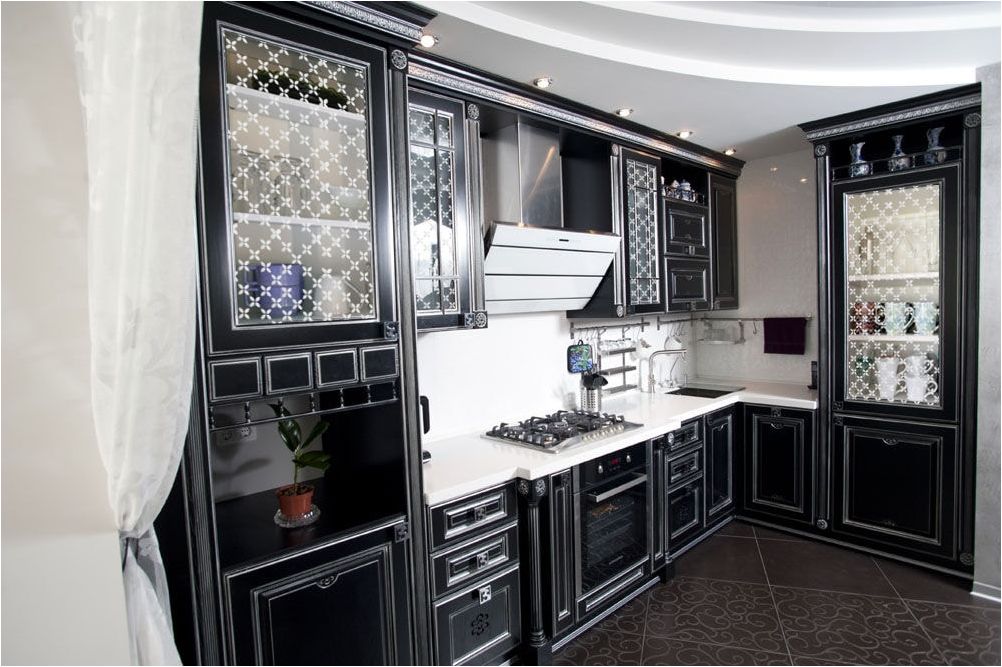
Mirror in the kitchen interior
Amalgam pattern – the mirror is decorated with any desired pattern. The picture is applied to the film by ultraviolet printing, which is subsequently glued to glass and covered with amalgam.
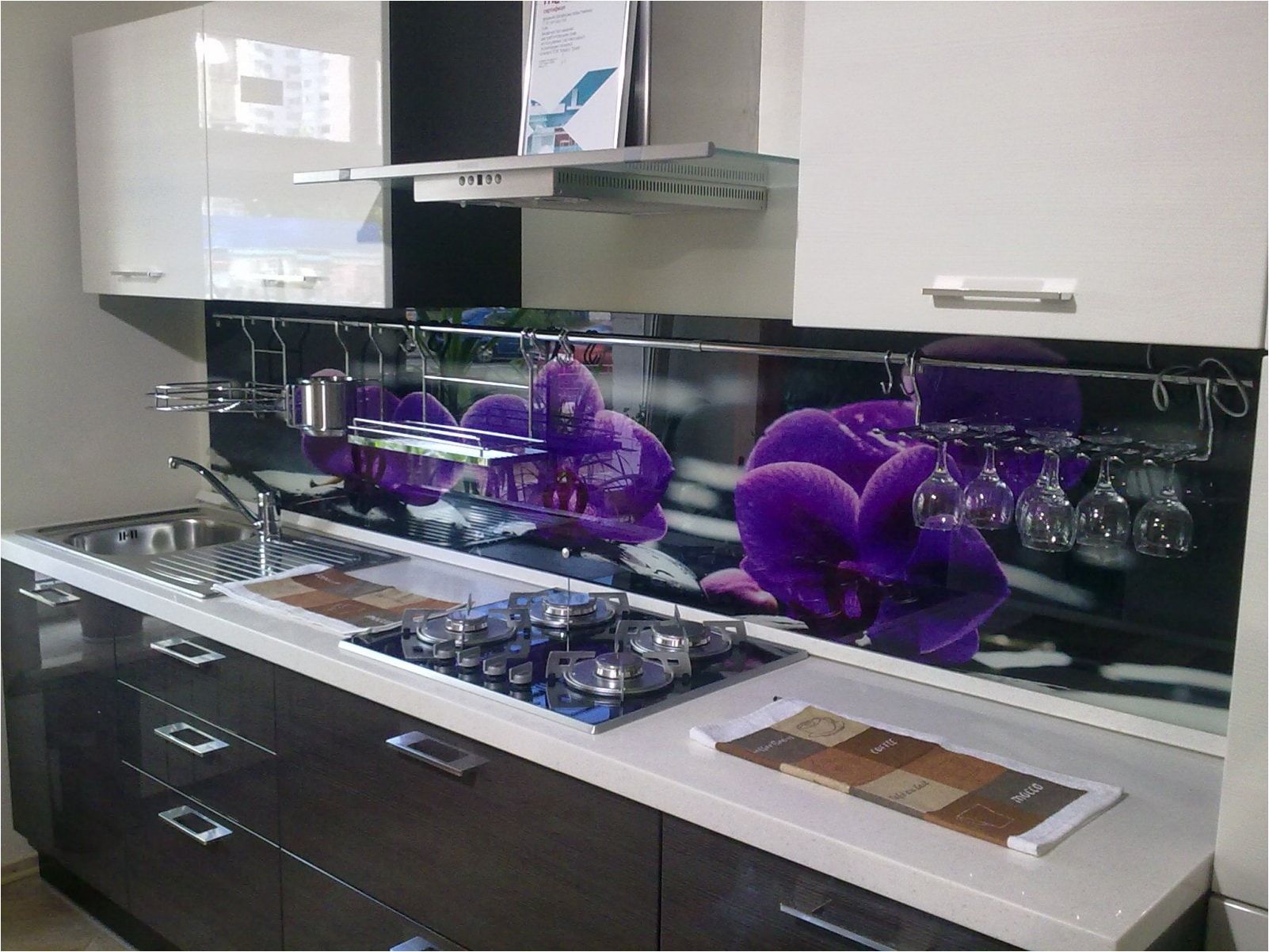
Mirror in the kitchen interior
Care and practicality of using mirrors in the kitchen
How practical is a mirror in the kitchen? It all depends on the lifestyle of the owners and what goals you want to achieve. On the one hand, the mirror is not afraid of water, acids, alkalis and soft brushes. Dirt and grease stains from its surface are easily washed off. On the other hand, such a product requires regular cleaning, because the desired effect is possible only in its pure form. And the key role in this regard is played by the location of the mirror surface. So, for example, a mirrored apron is an option for those who rarely cook, or for those who are not afraid of frequent cleaning. But if you hang a mirror in the dining area, it is quite enough to wipe it 1-2 times a week..
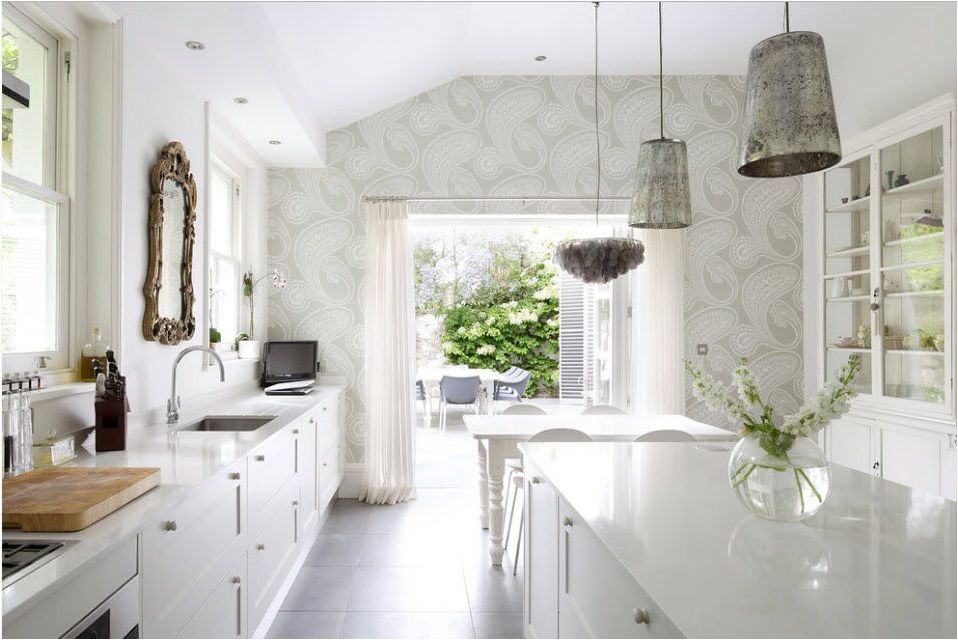
Mirror in the kitchen interior
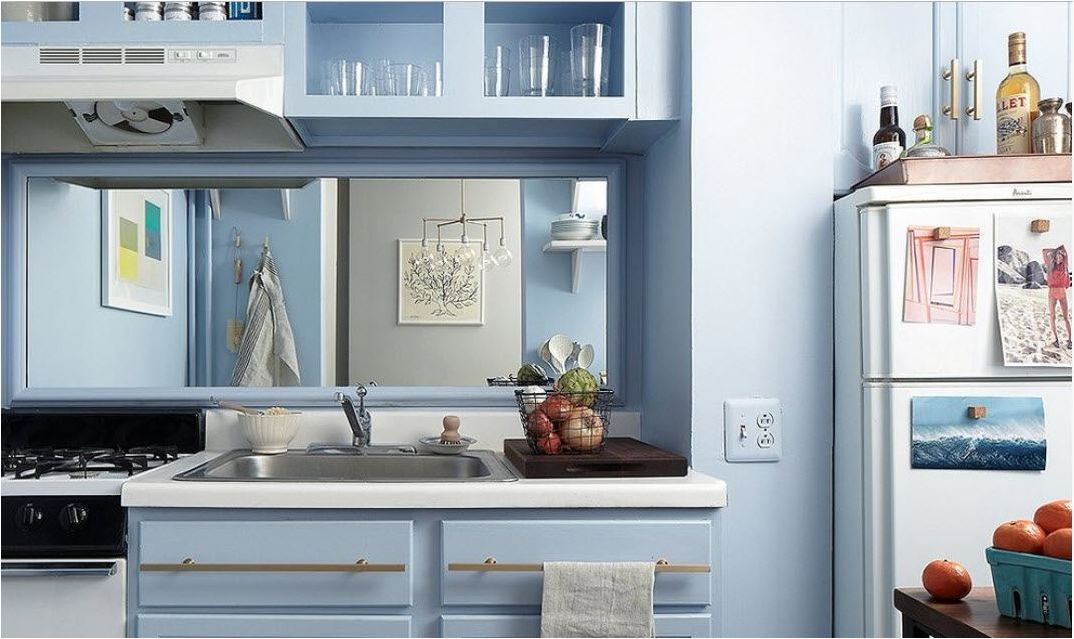
Mirror in the kitchen interior

Mirror in the kitchen interior
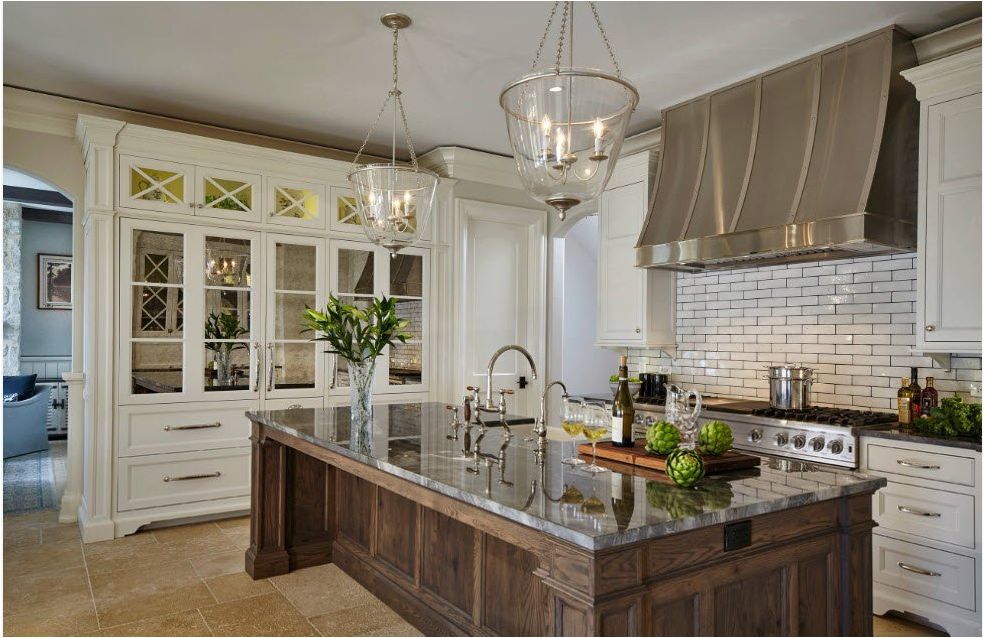
Mirror in the kitchen interior

Mirror in the kitchen interior

Mirror in the kitchen interior
Application ideas
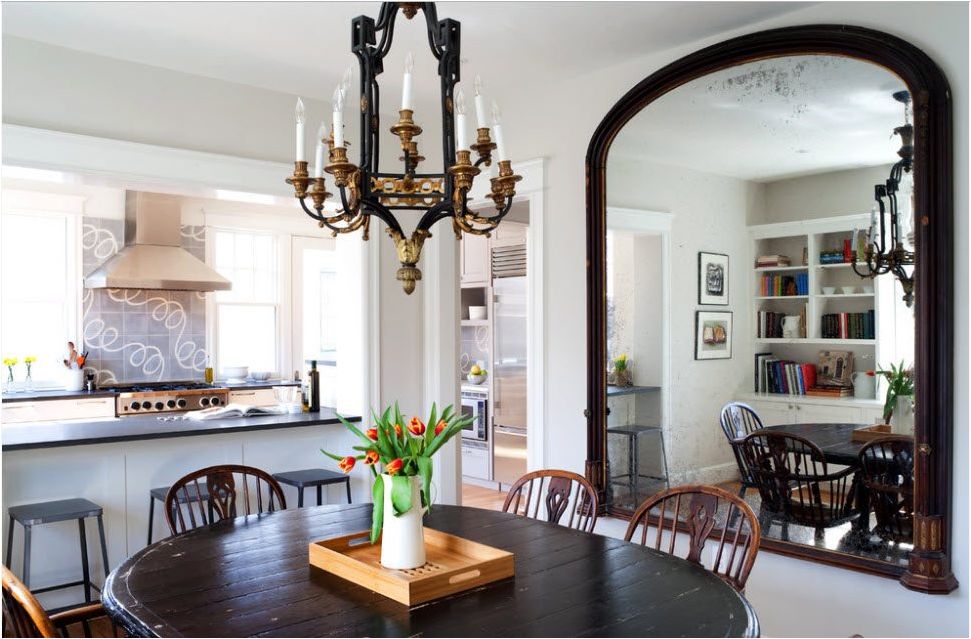
Mirror in the kitchen interior
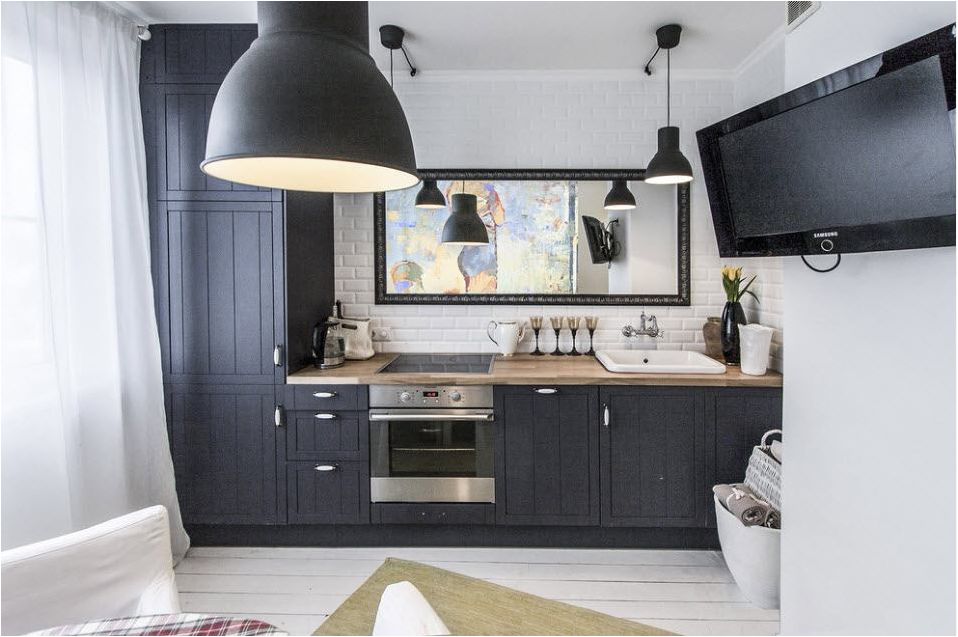
Mirror in the kitchen interior
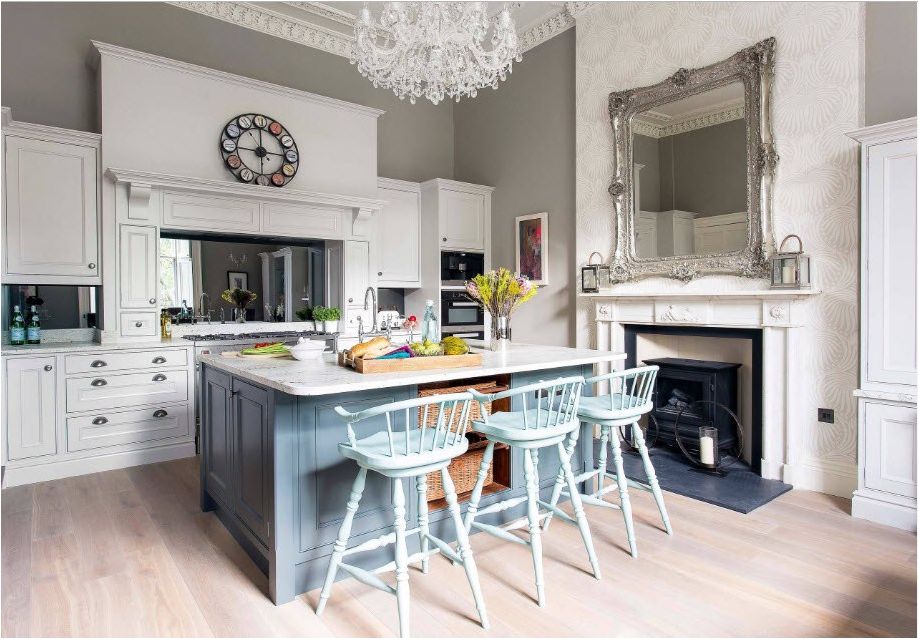
Mirror in the kitchen interior
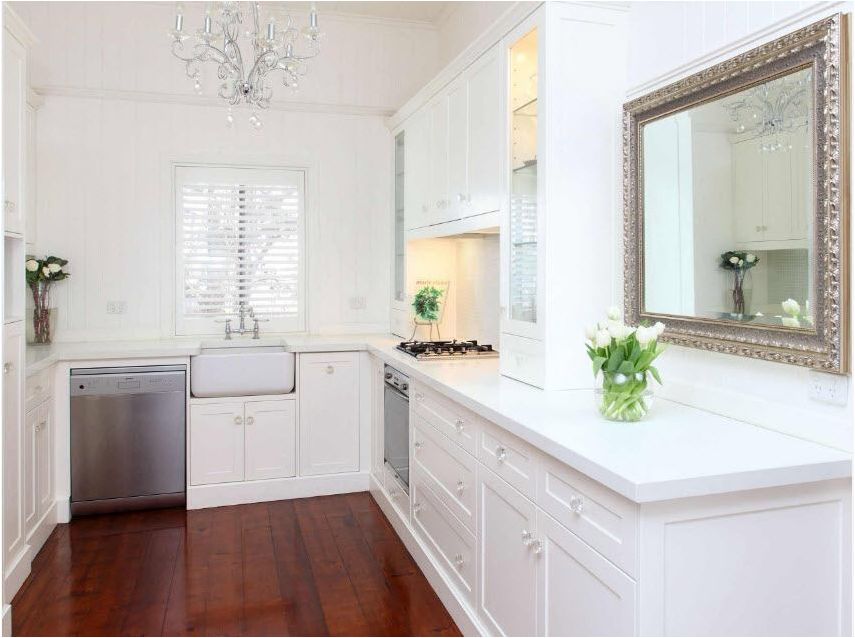
Mirror in the kitchen interior

Mirror in the kitchen interior

Mirror in the kitchen interior
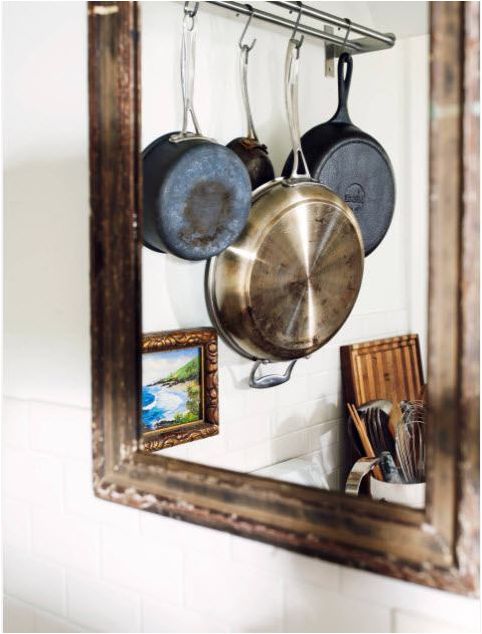
Mirror in the kitchen interior
2. Mirror apron
- skinned – monolithic panels (usually about 3 meters long);
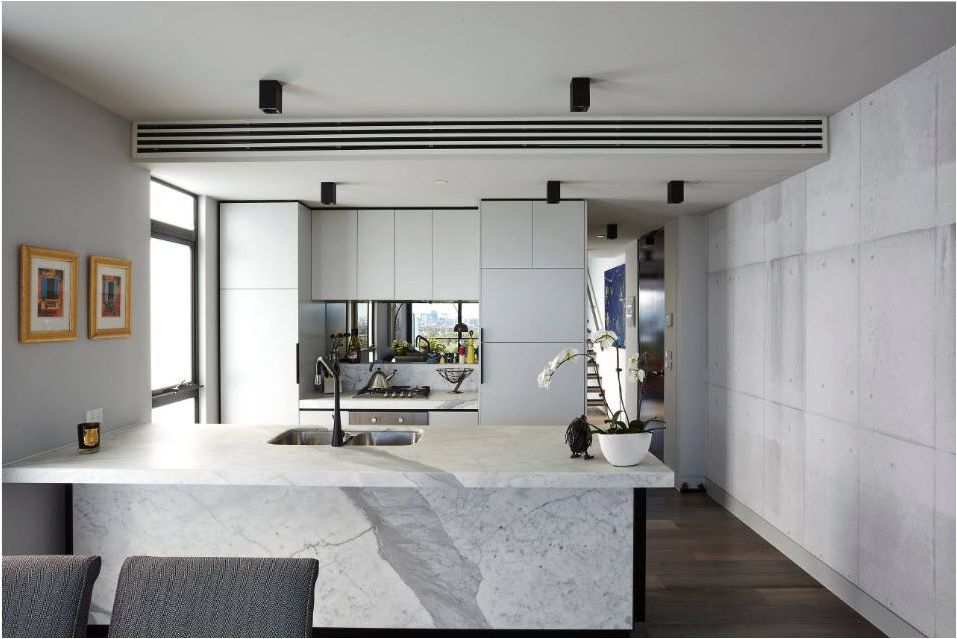
Mirror in the kitchen interior
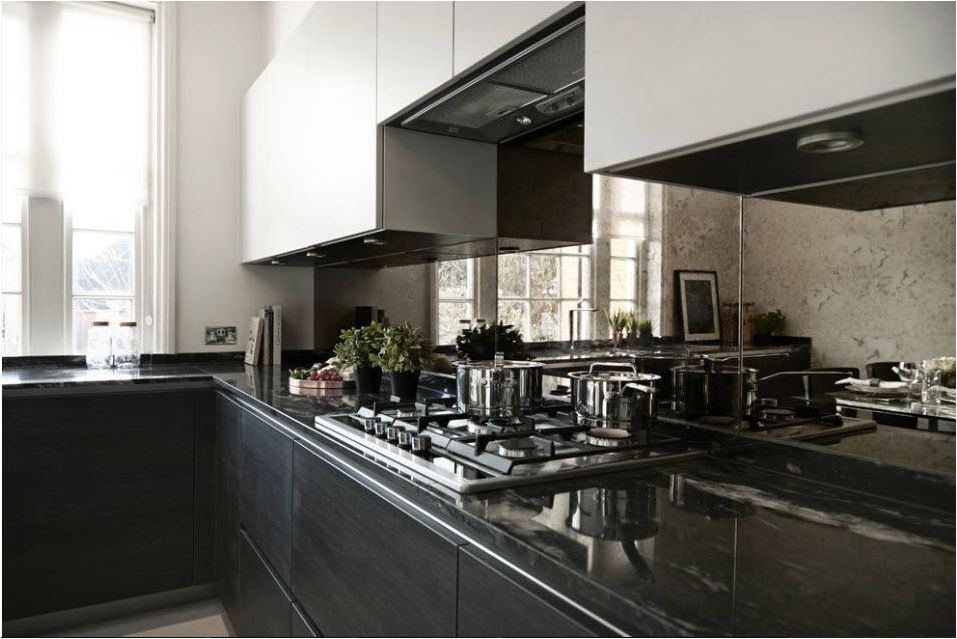
Mirror in the kitchen interior
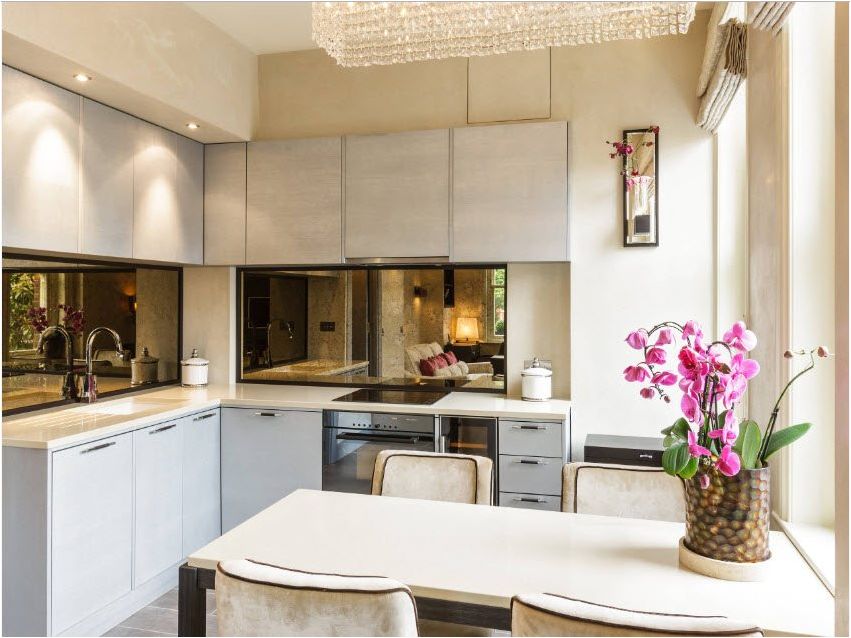
Mirror in the kitchen interior
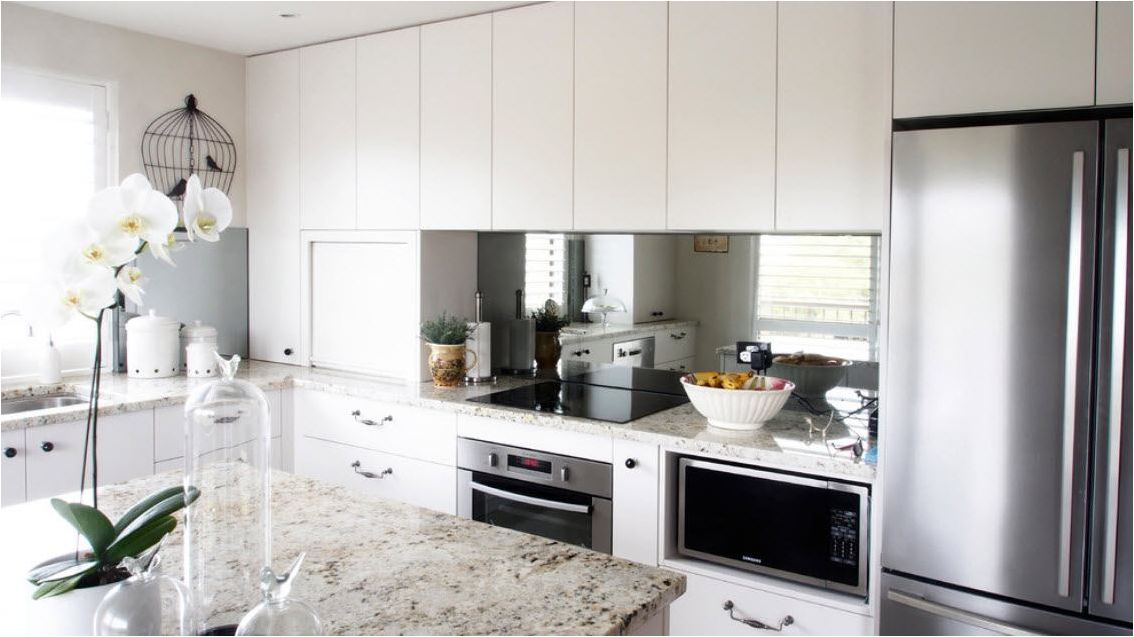
Mirror in the kitchen interior
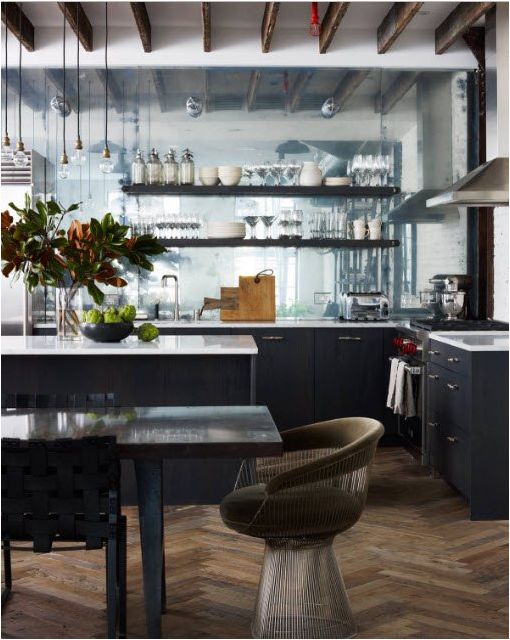
Mirror in the kitchen interior
- mirror panel – a composition of several fragments of mirrors;

Mirror in the kitchen interior
- mirror tile or mosaic.
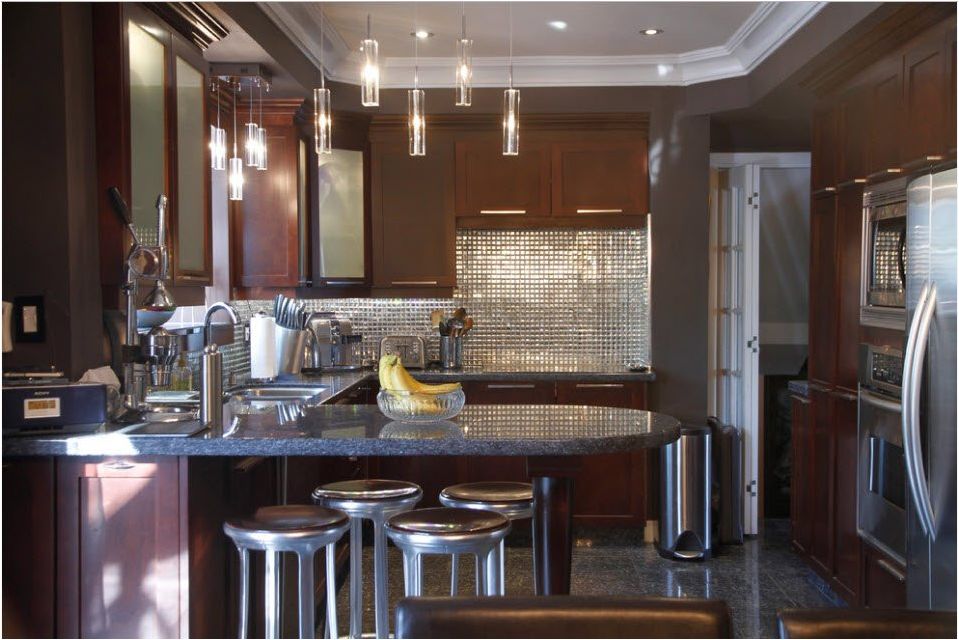
Mirror in the kitchen interior
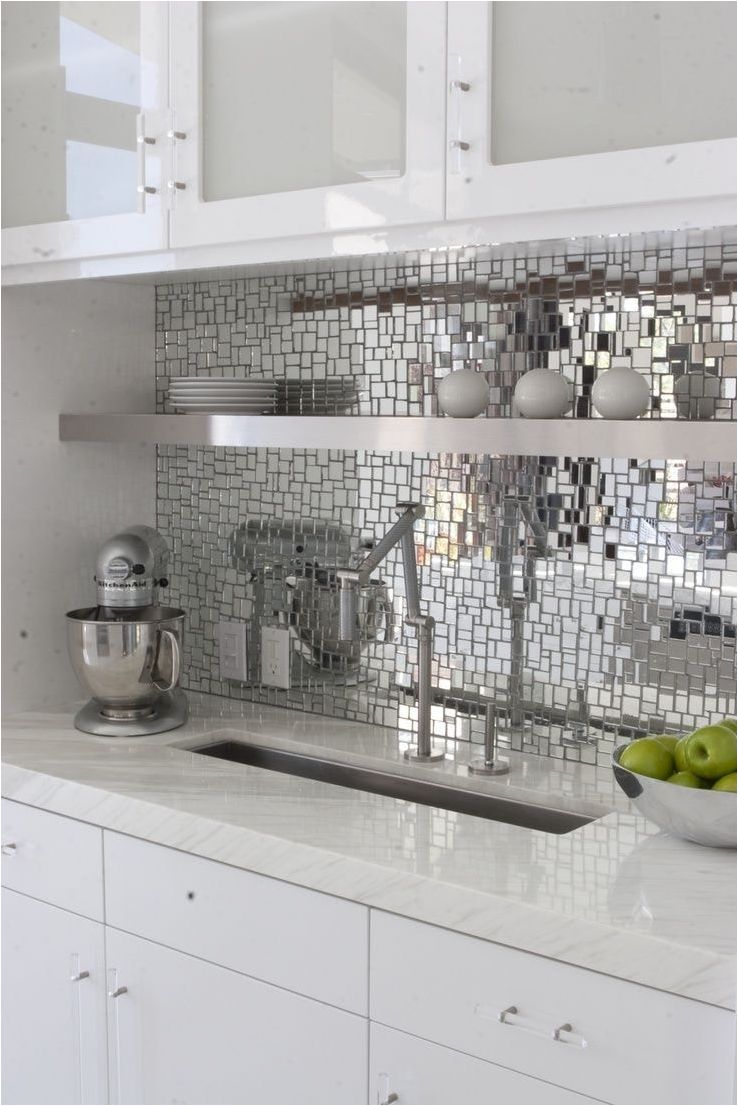
Mirror in the kitchen interior
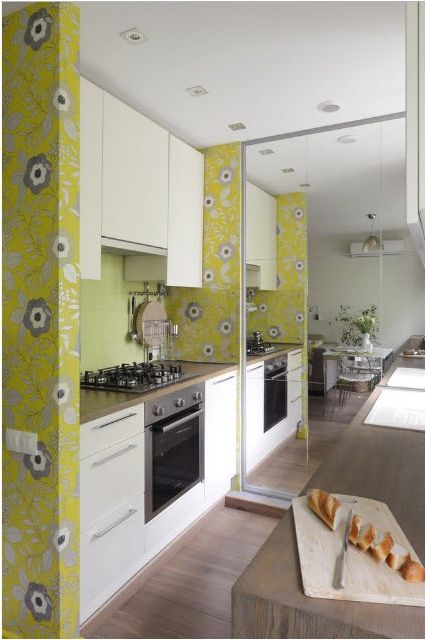
Mirror in the kitchen interior
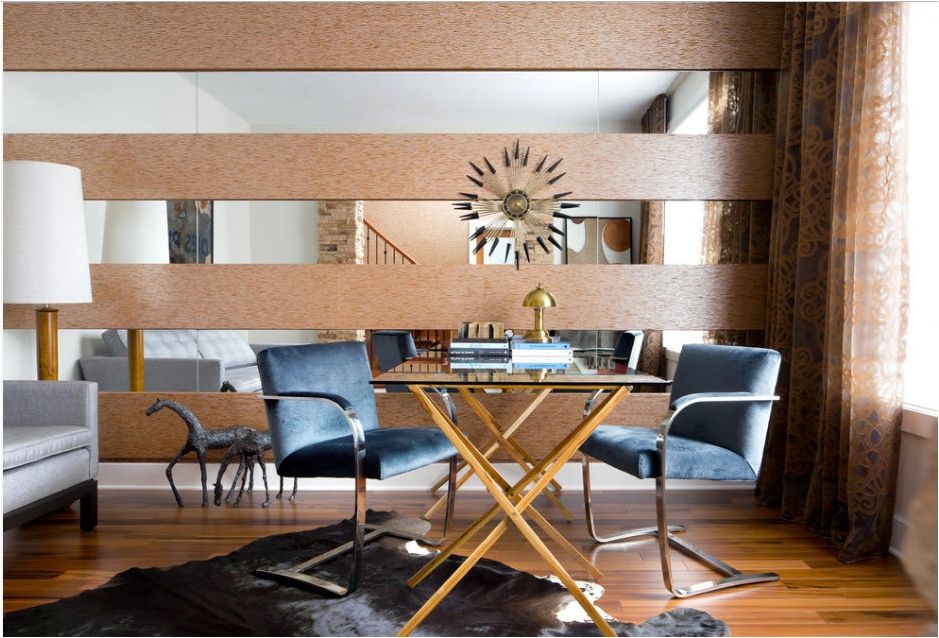
Mirror in the kitchen interior
5. Mirrored facades

Mirror in the kitchen interior
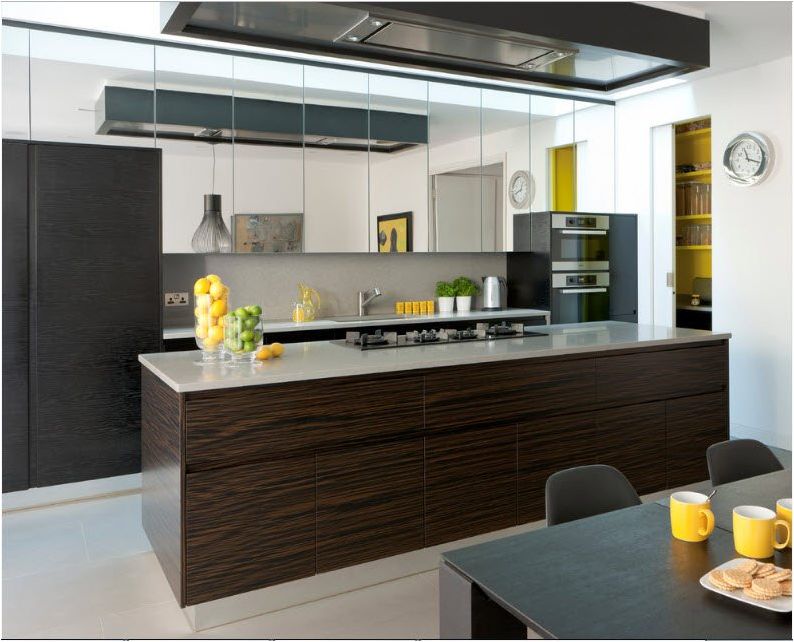
Mirror in the kitchen interior
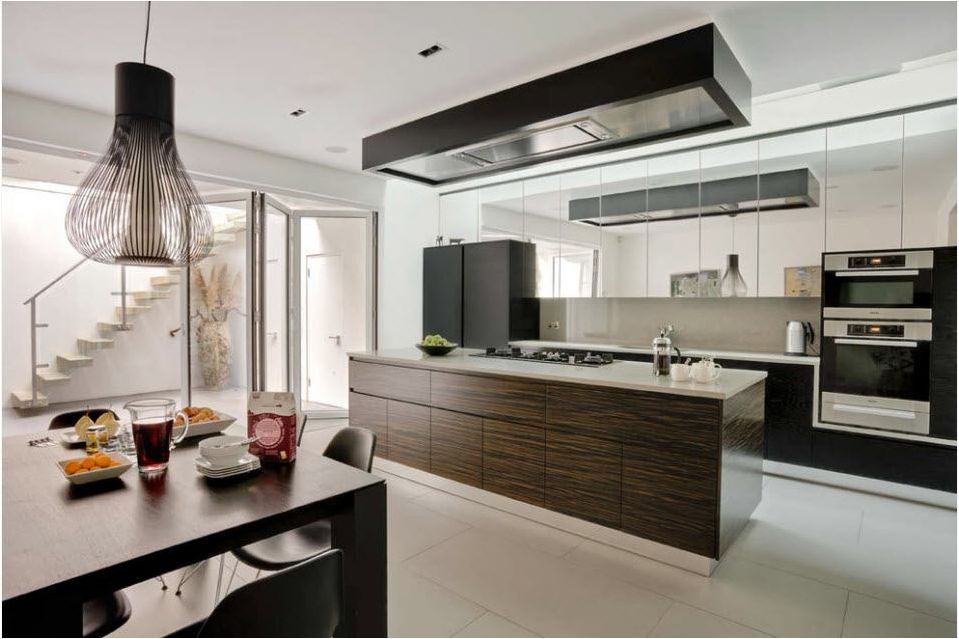
Mirror in the kitchen interior
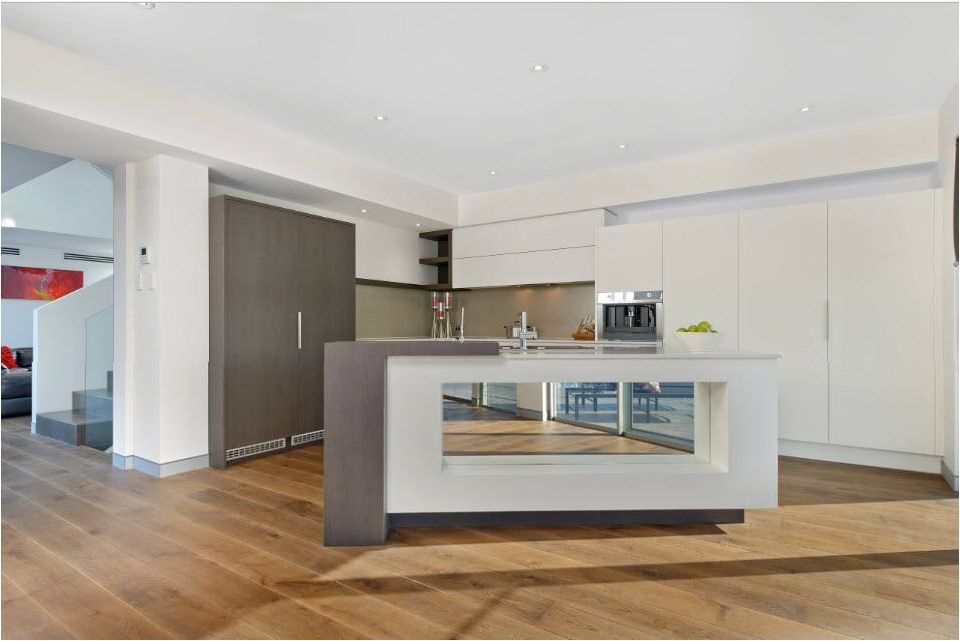
Mirror in the kitchen interior
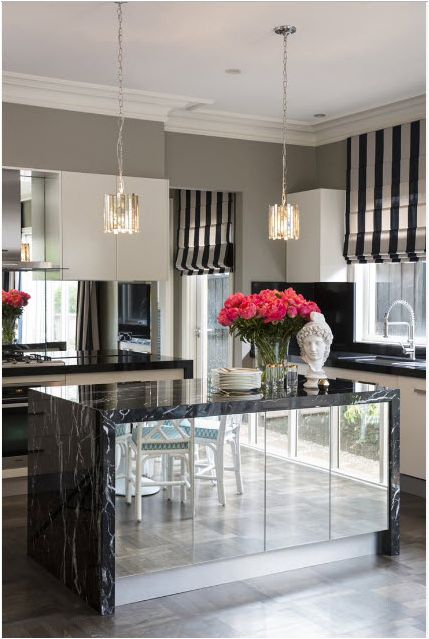
Mirror in the kitchen interior

Mirror in the kitchen interior
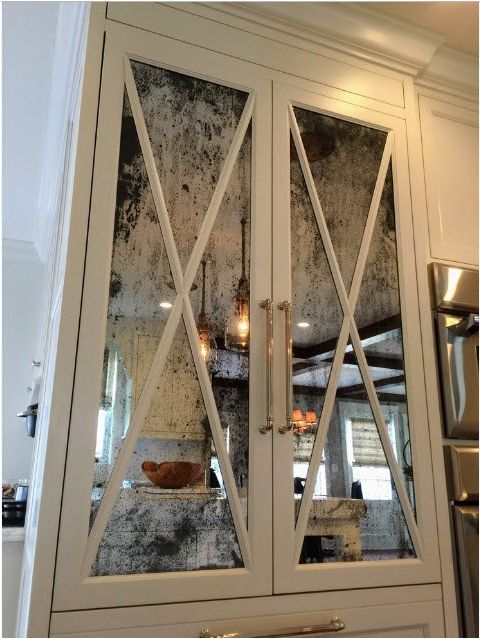
Mirror in the kitchen interior
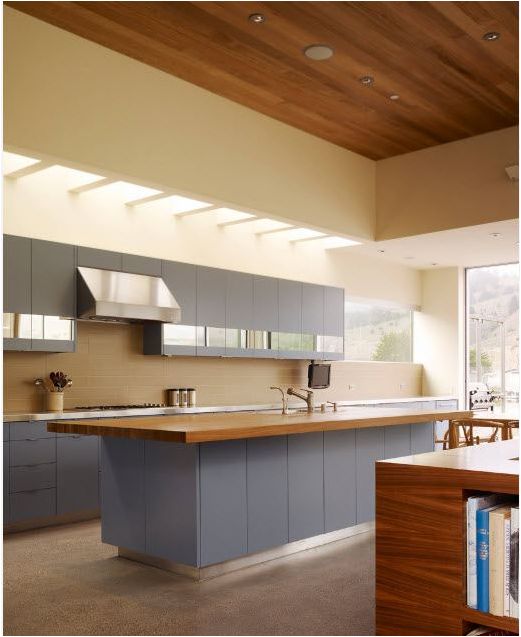
Mirror in the kitchen interior
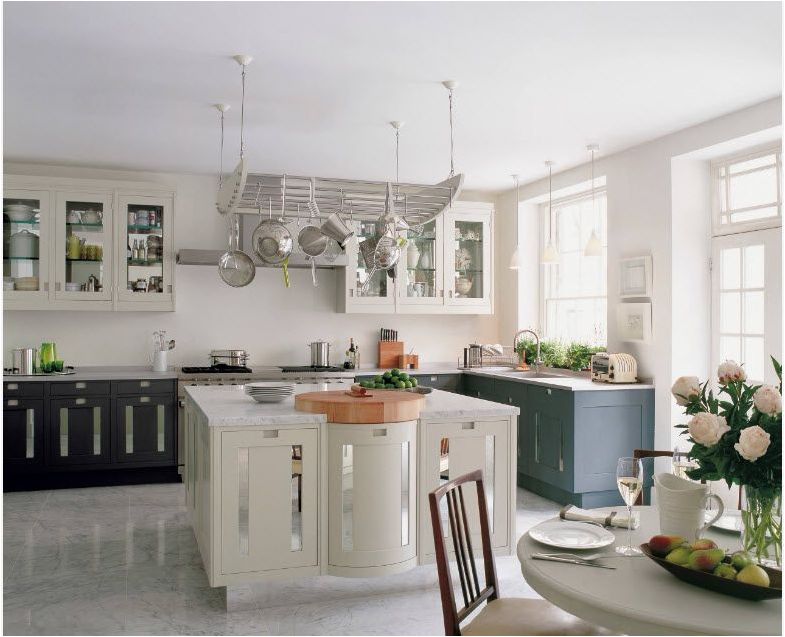
Mirror in the kitchen interior

Mirror in the kitchen interior
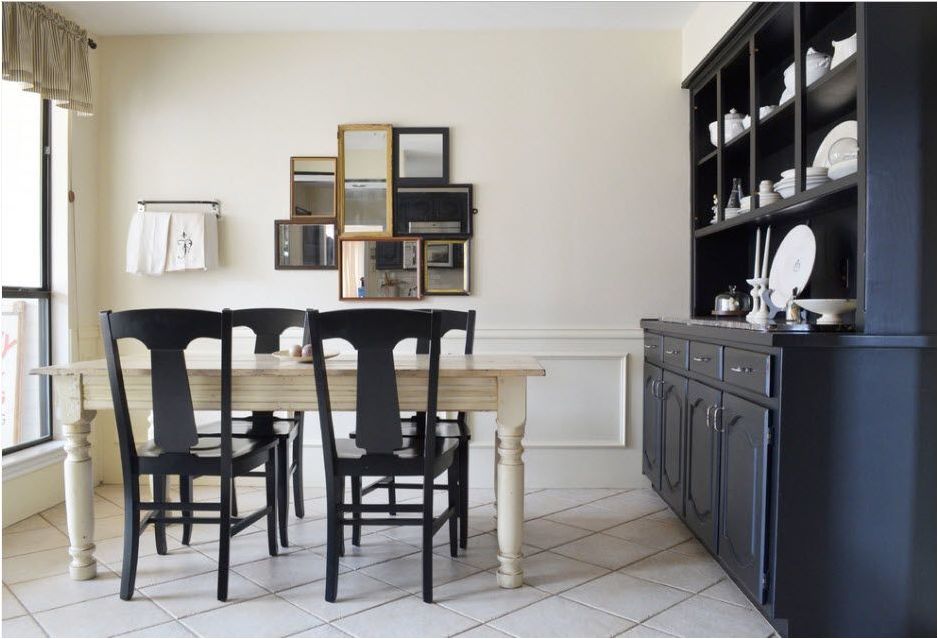
Mirror in the kitchen interior
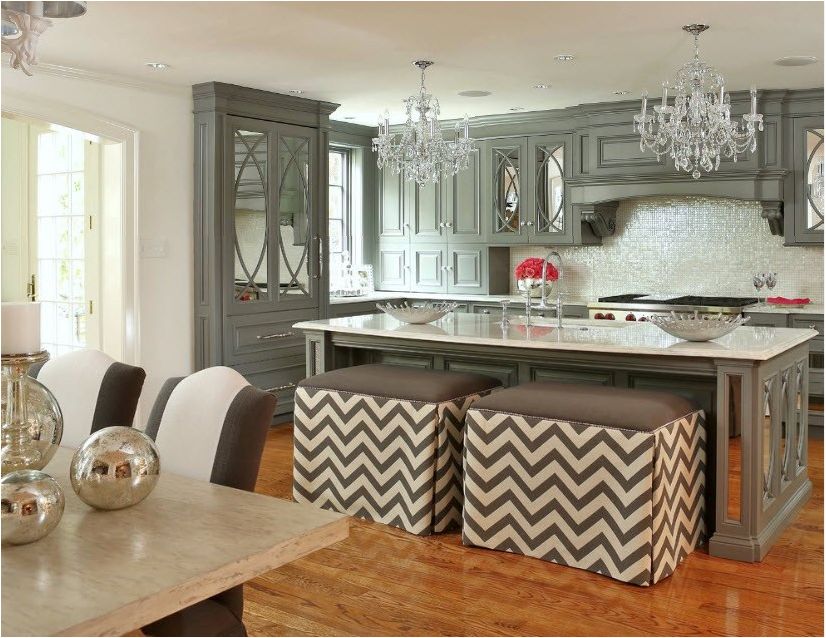
Mirror in the kitchen interior

Mirror in the kitchen interior
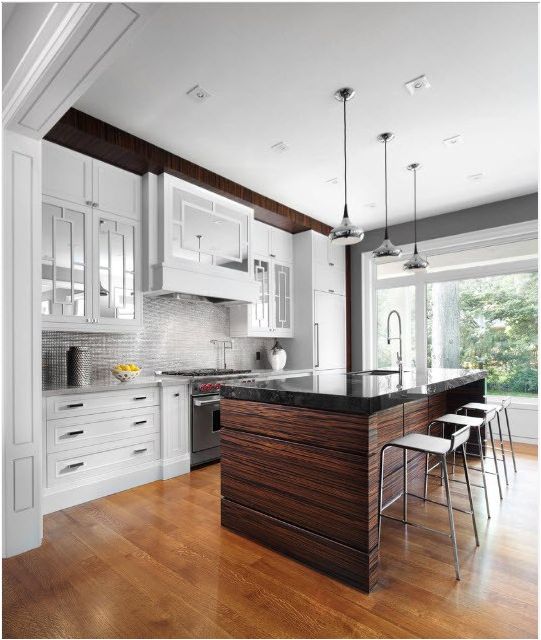
Mirror in the kitchen interior
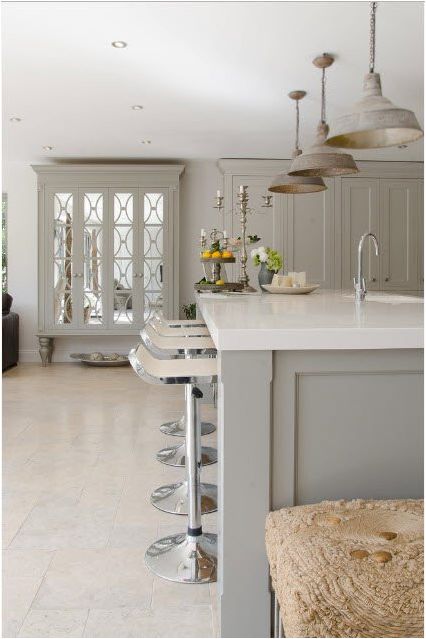
Mirror in the kitchen interior
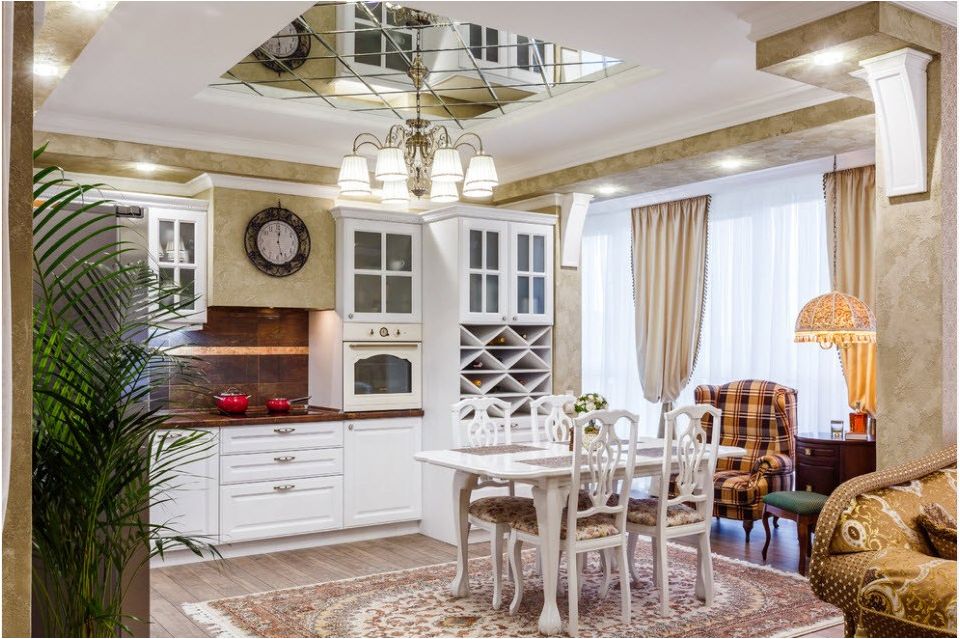
Mirror in the kitchen interior
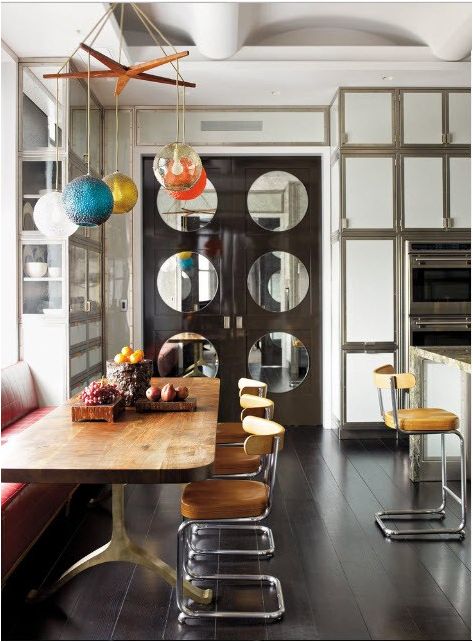
Mirror in the kitchen interior

Mirror in the kitchen interior
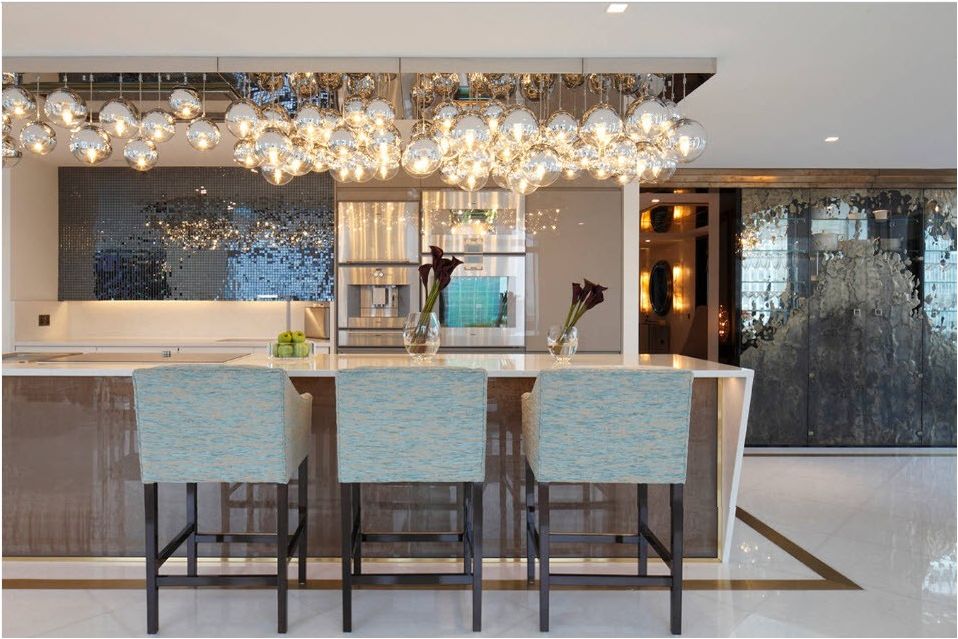
Mirror in the kitchen interior
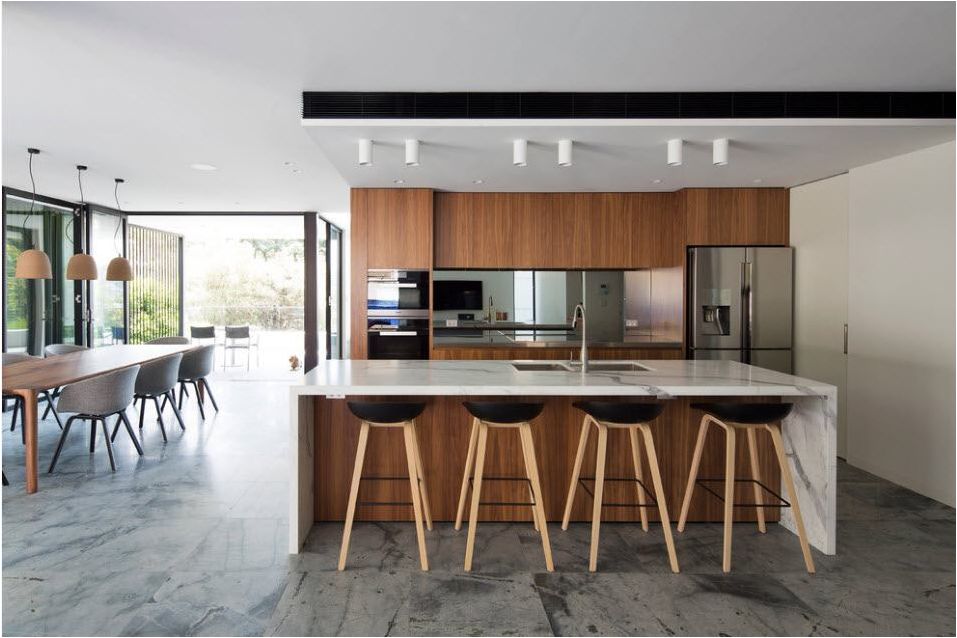
Mirror in the kitchen interior
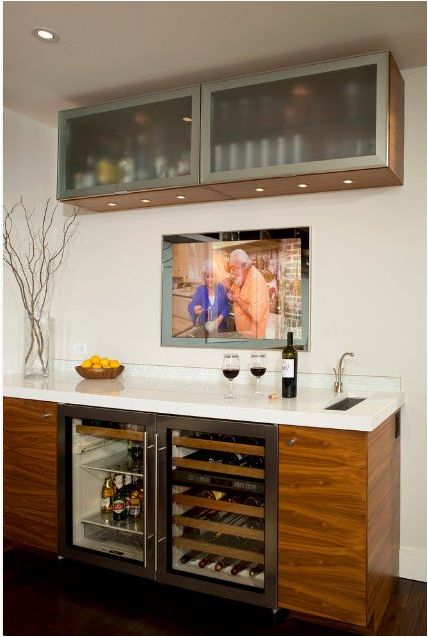
Mirror in the kitchen interior
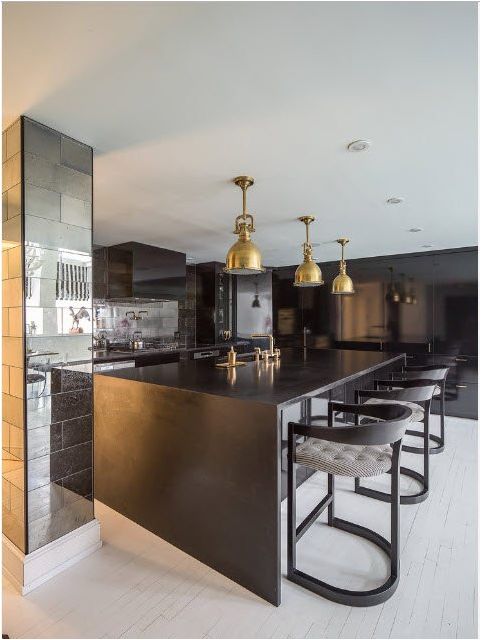
Mirror in the kitchen interior
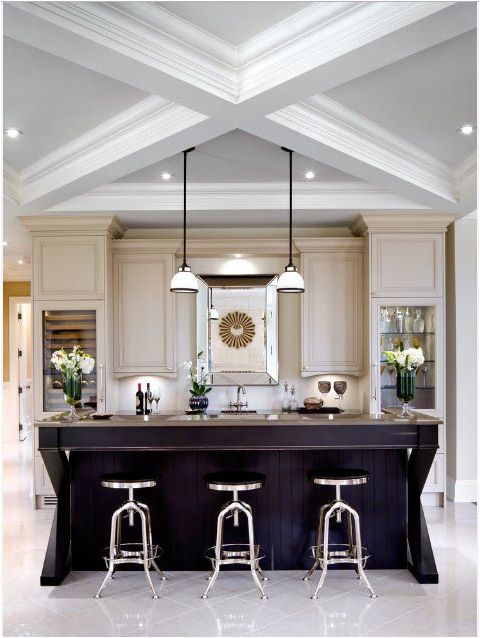
Mirror in the kitchen interior

Mirror in the kitchen interior
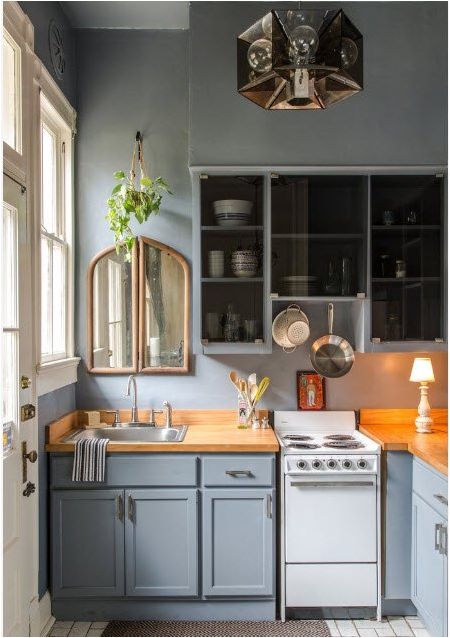
Mirror in the kitchen interior
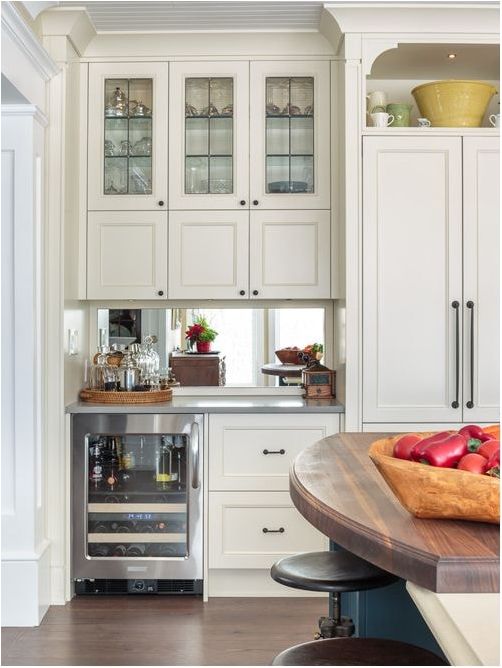
Mirror in the kitchen interior
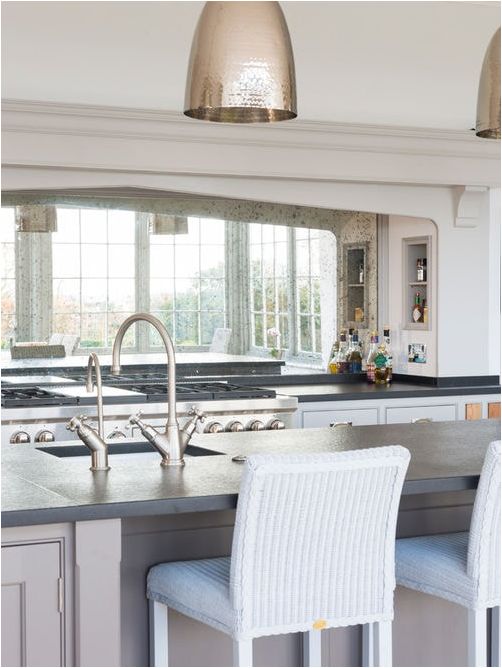
Mirror in the kitchen interior
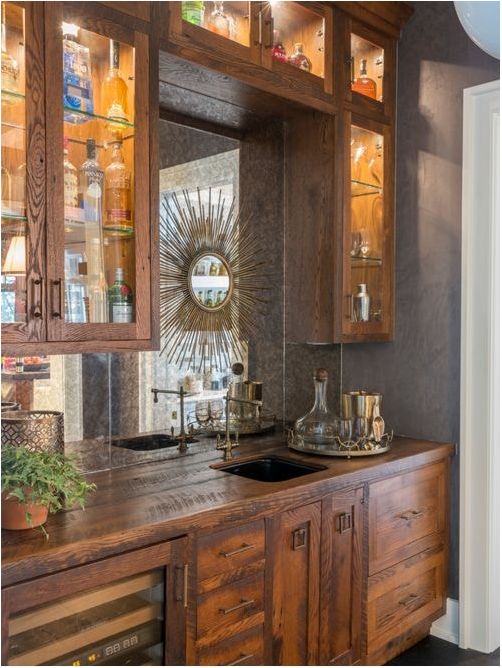
Mirror in the kitchen interior
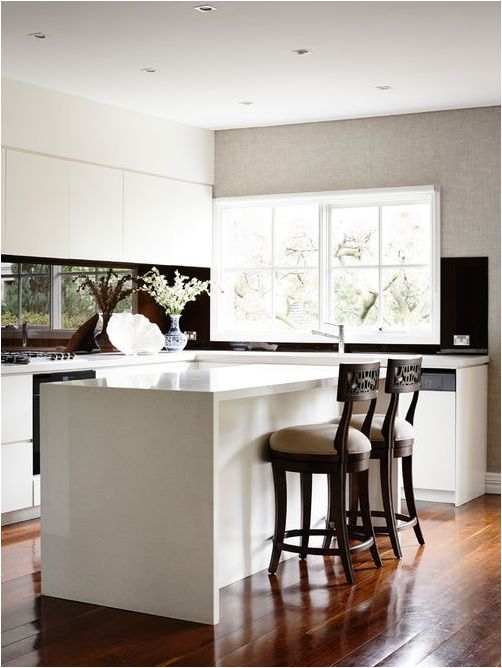
Mirror in the kitchen interior
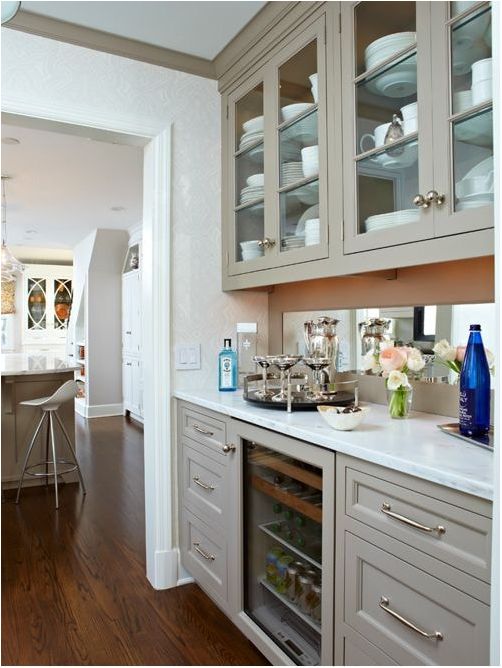
Mirror in the kitchen interior
Good luck!

